It’s Day 4 of the 12 Days of Winter Kit Collection! Today I’m excited to share a fun and festive design knit in luxurious and lightweight Bella Cash. Say hello to the Holiday Lights Shawl!
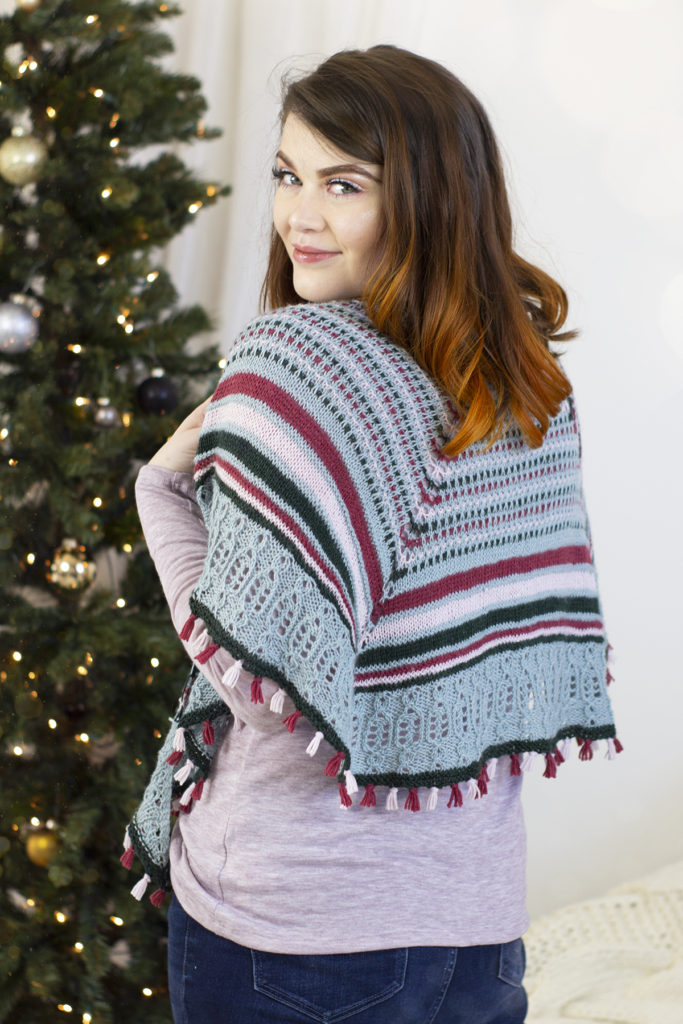

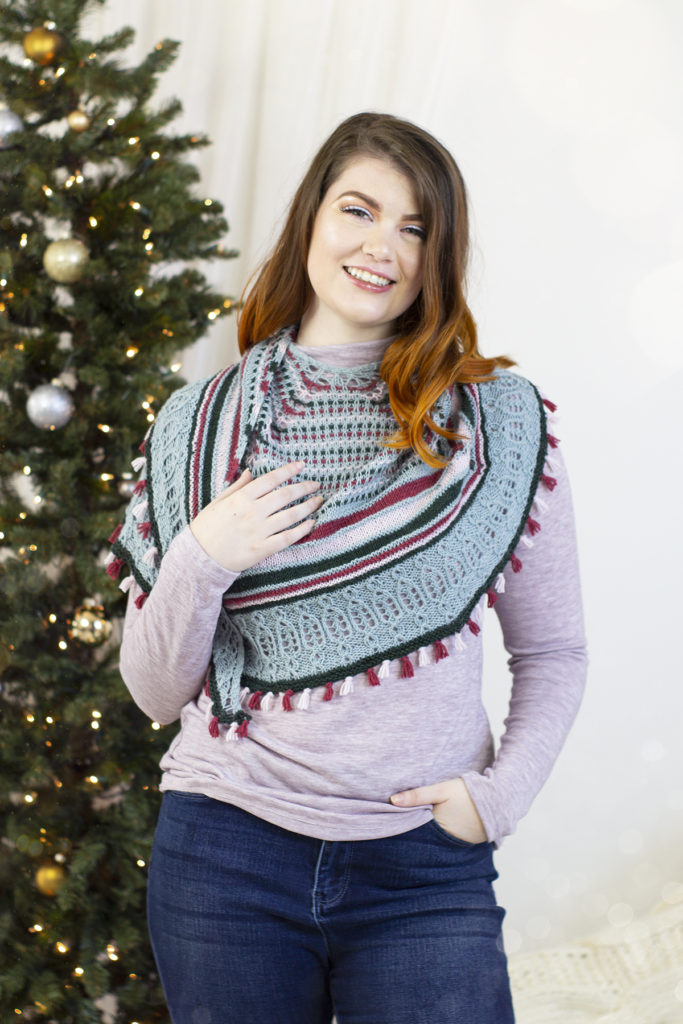
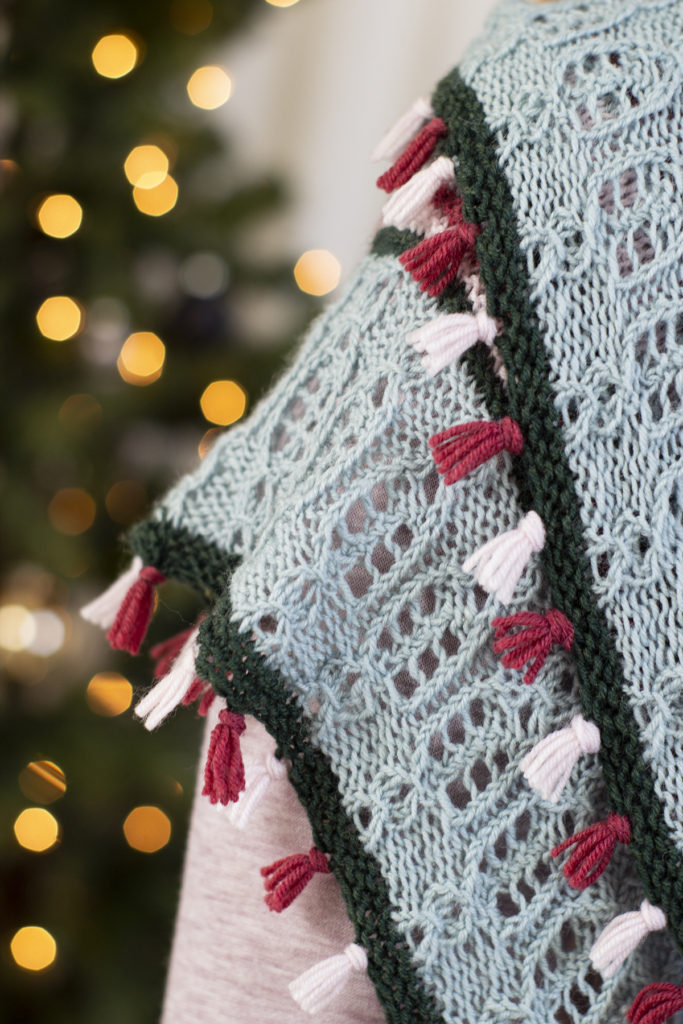
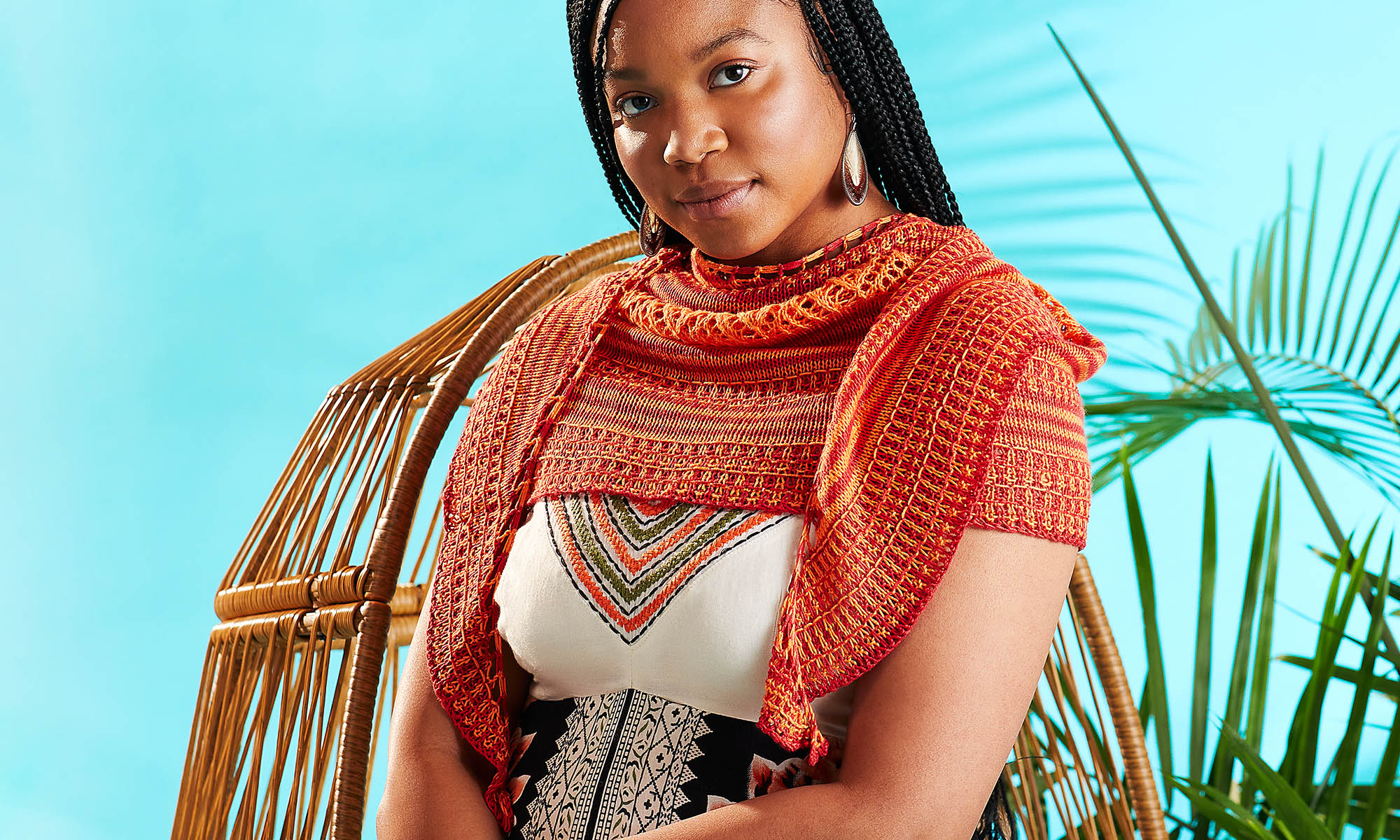

Universal Yarn Creative Network
Inspiration By Design




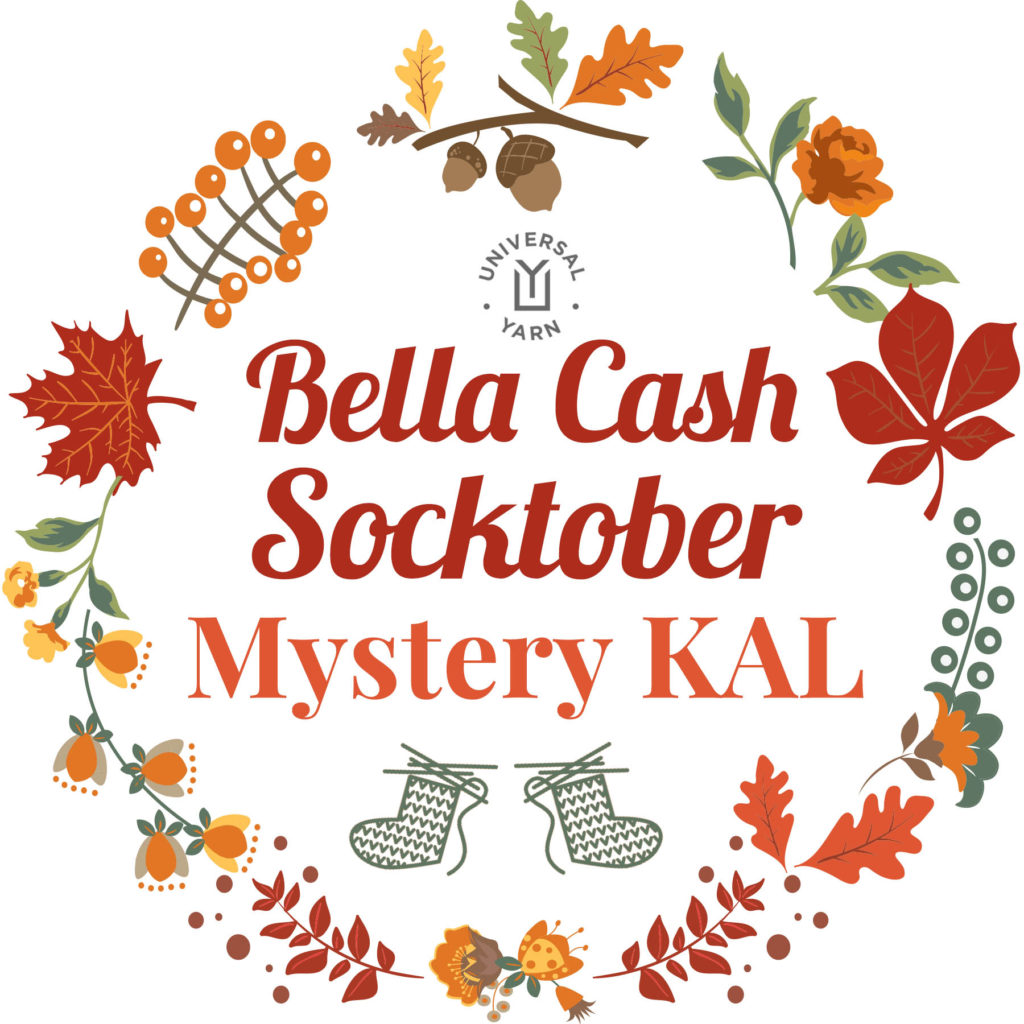
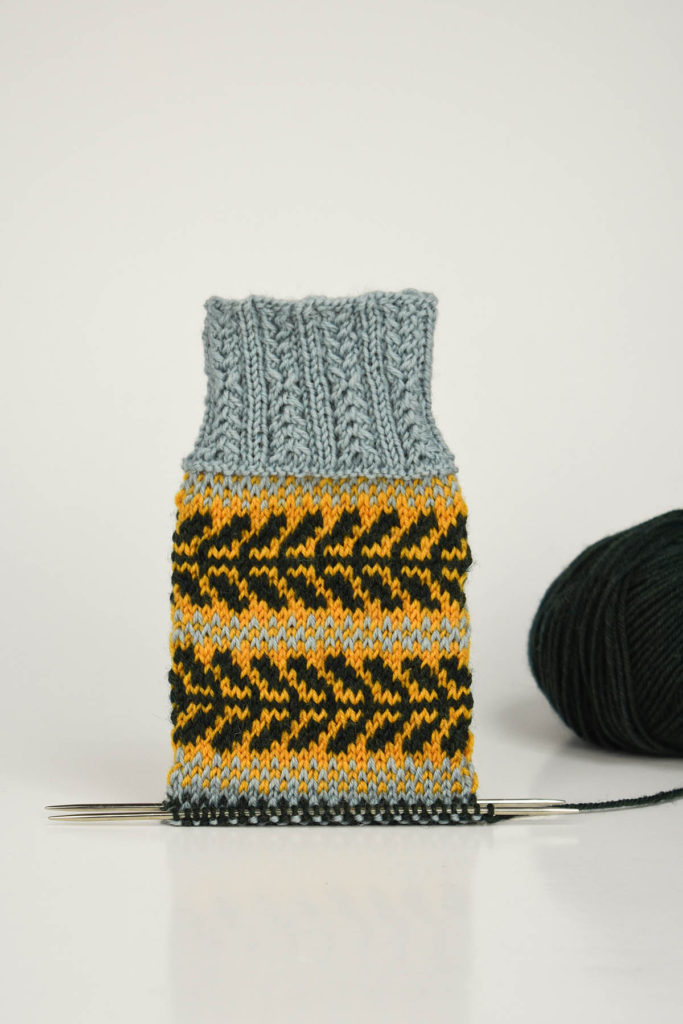


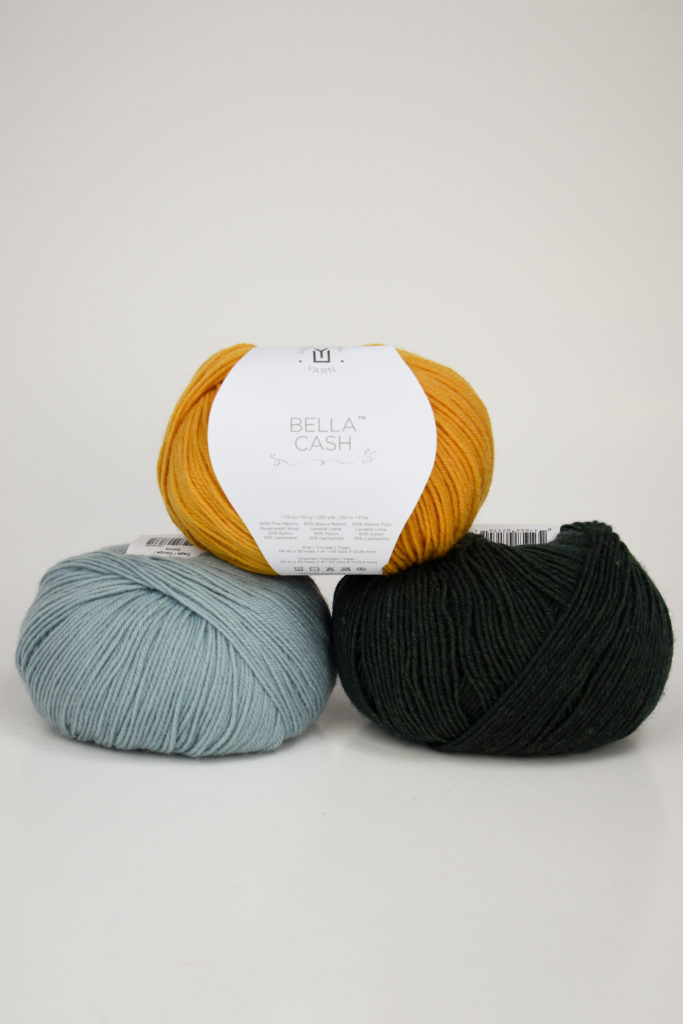
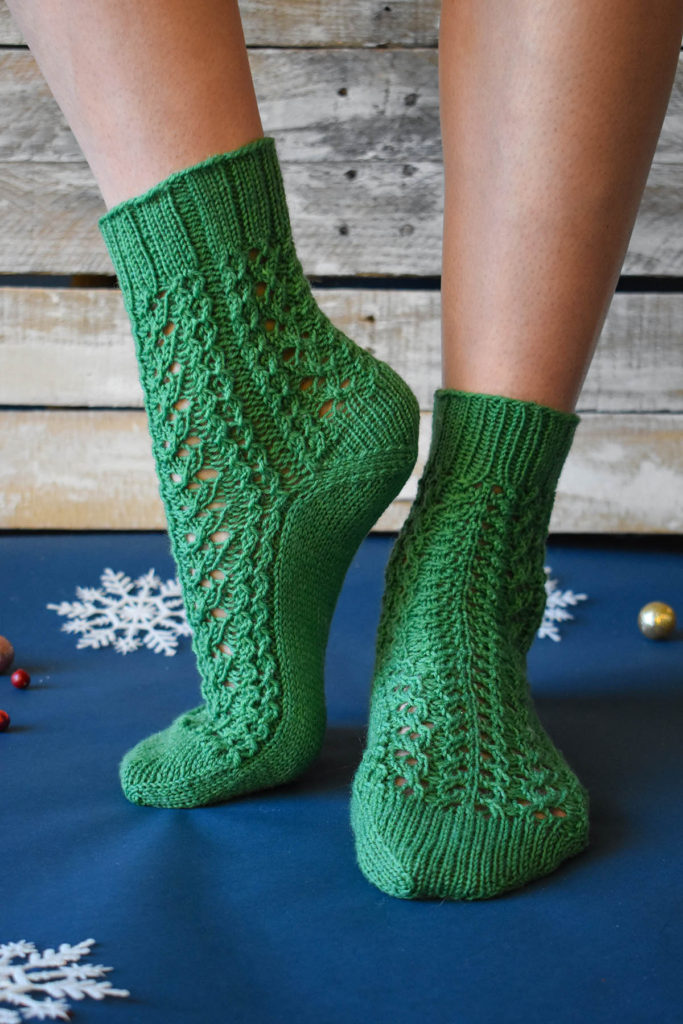
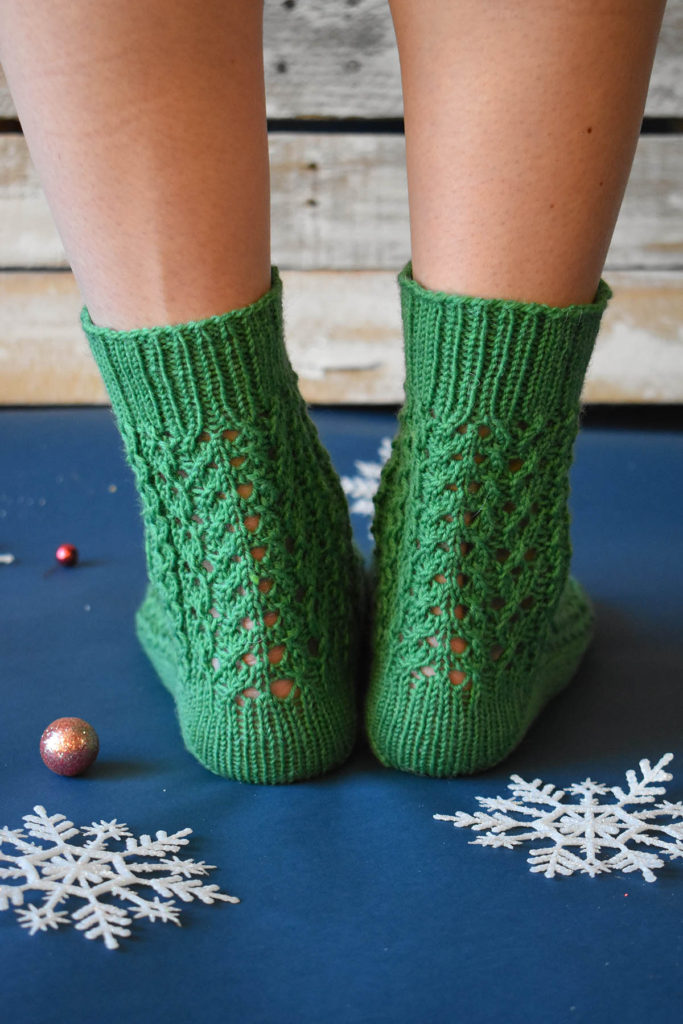
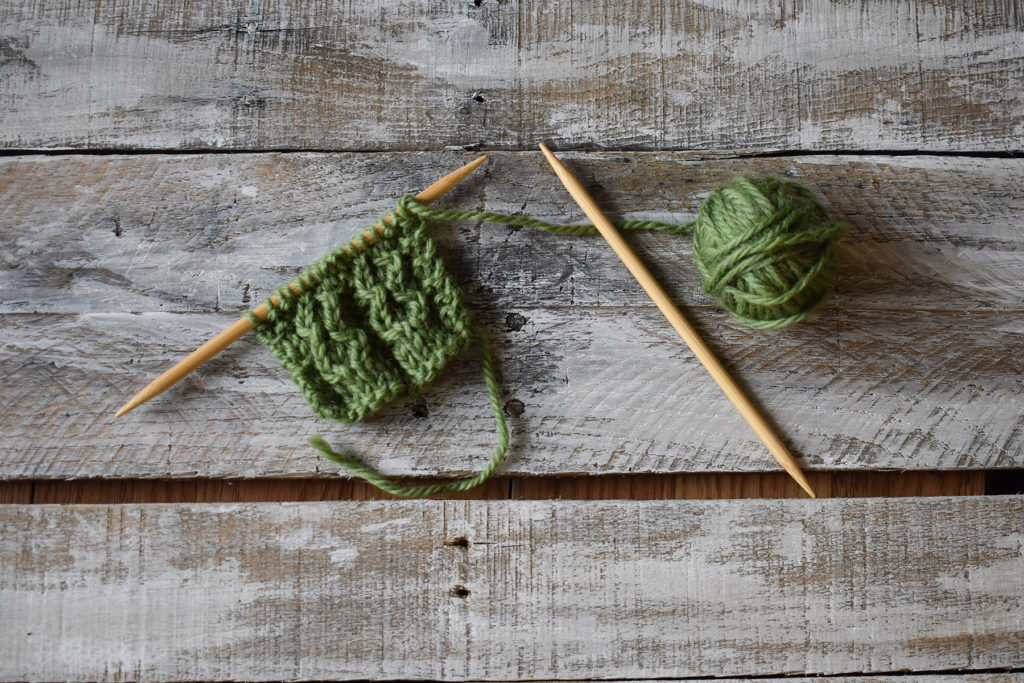
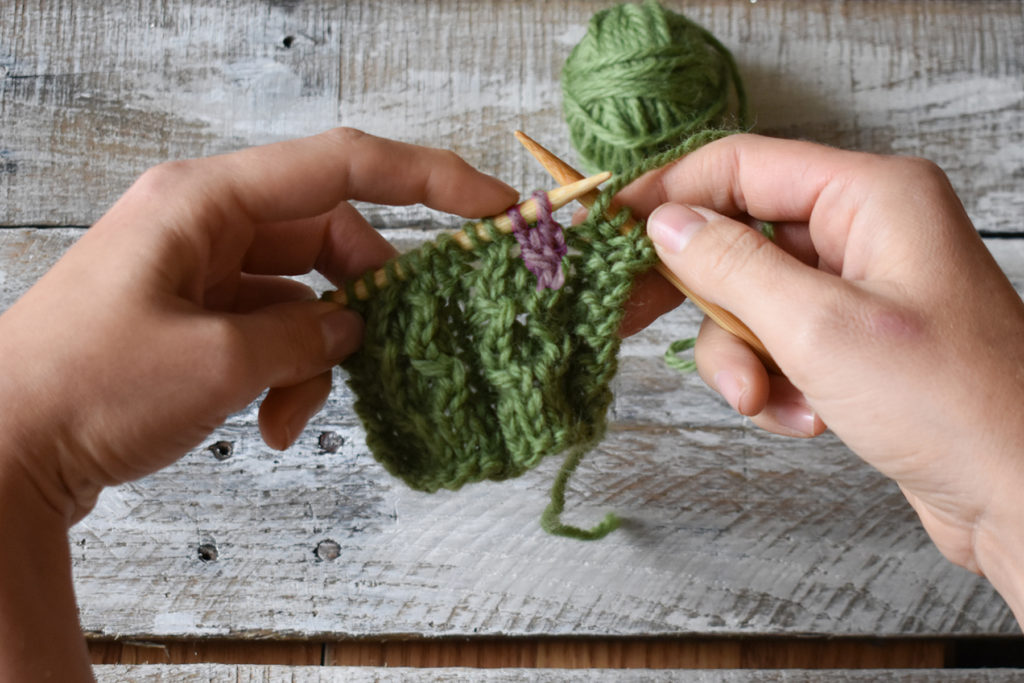
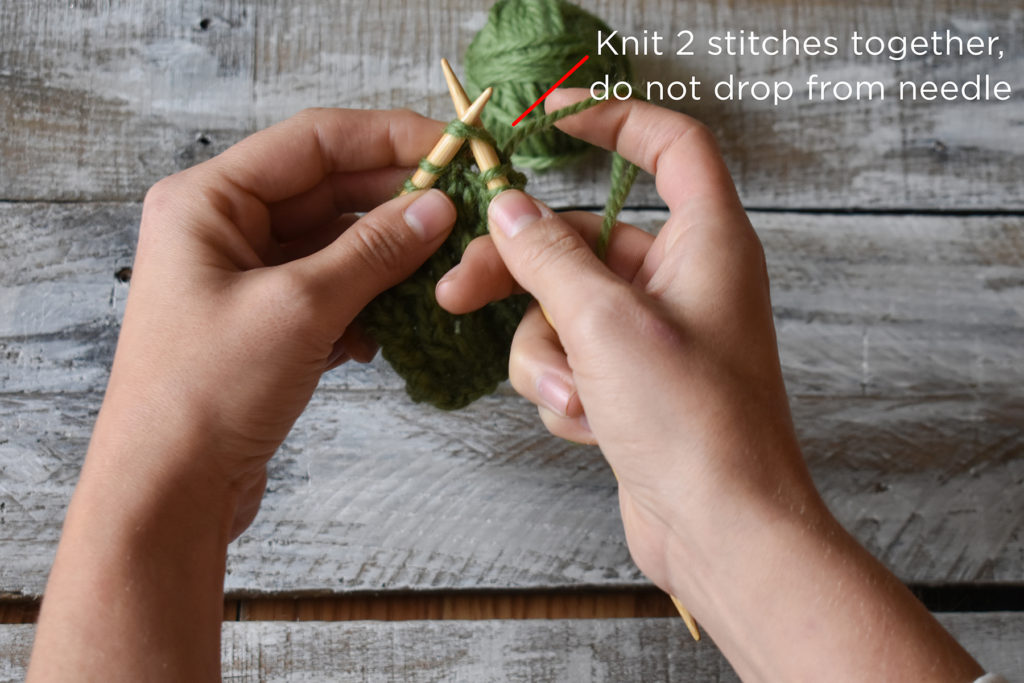
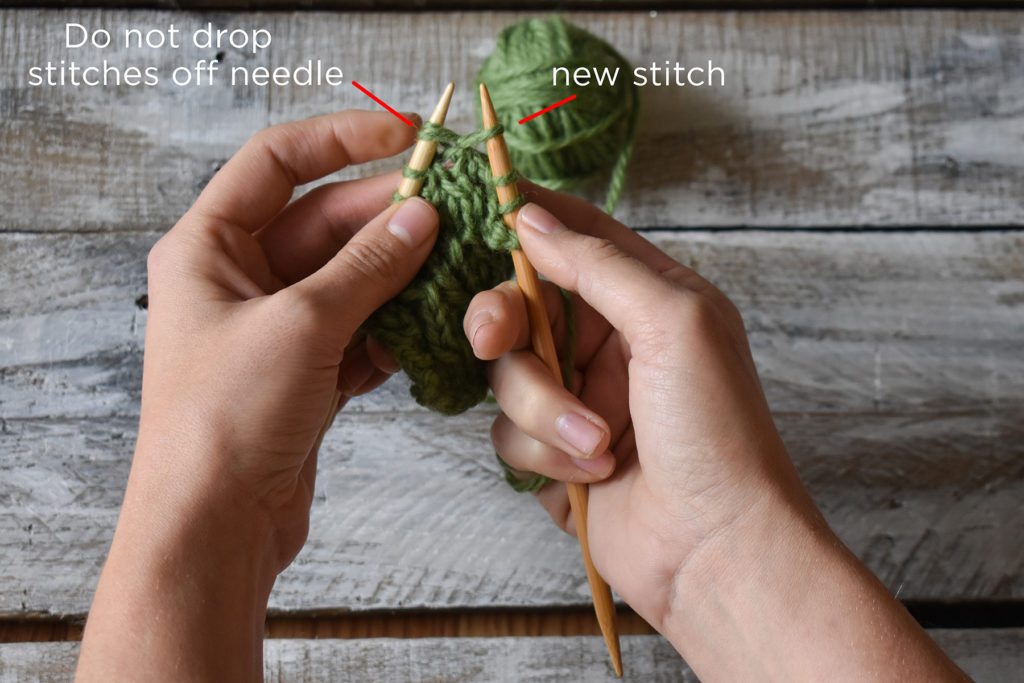
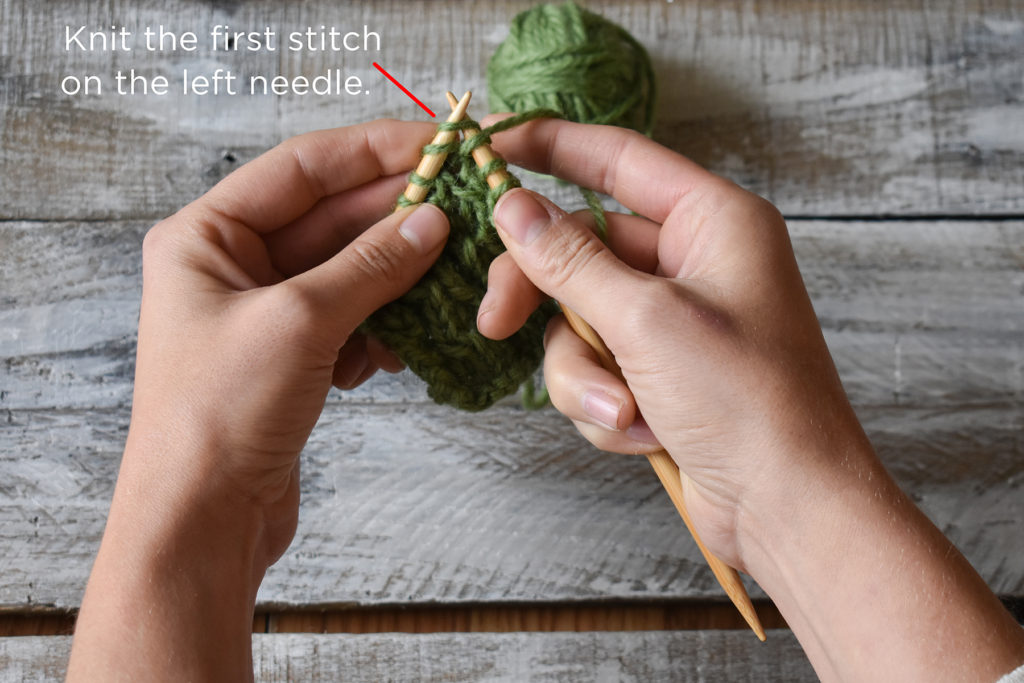
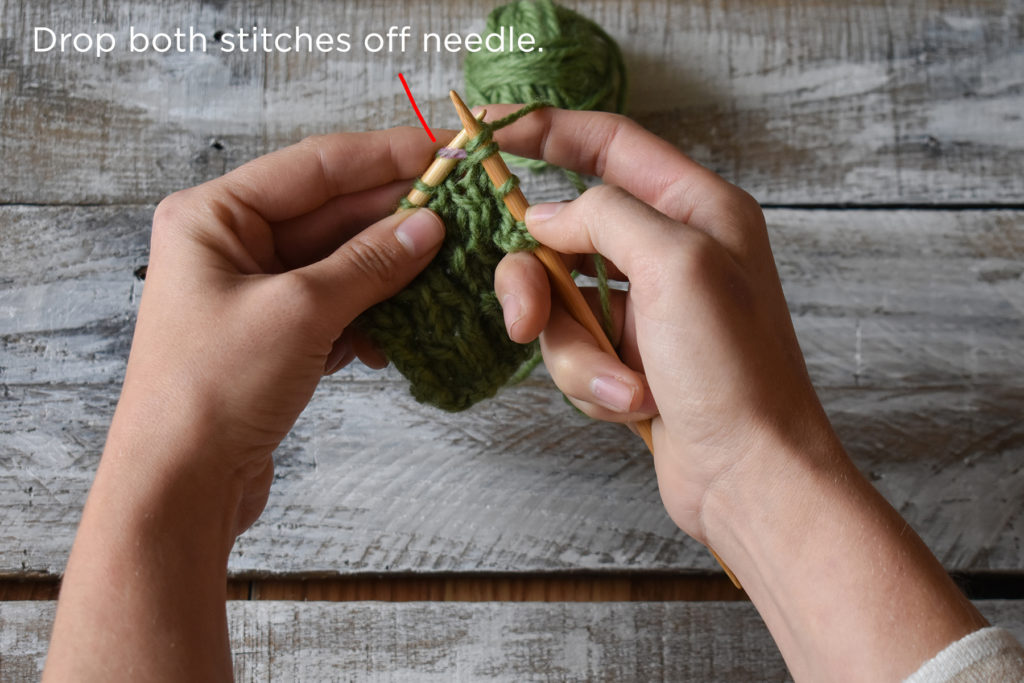
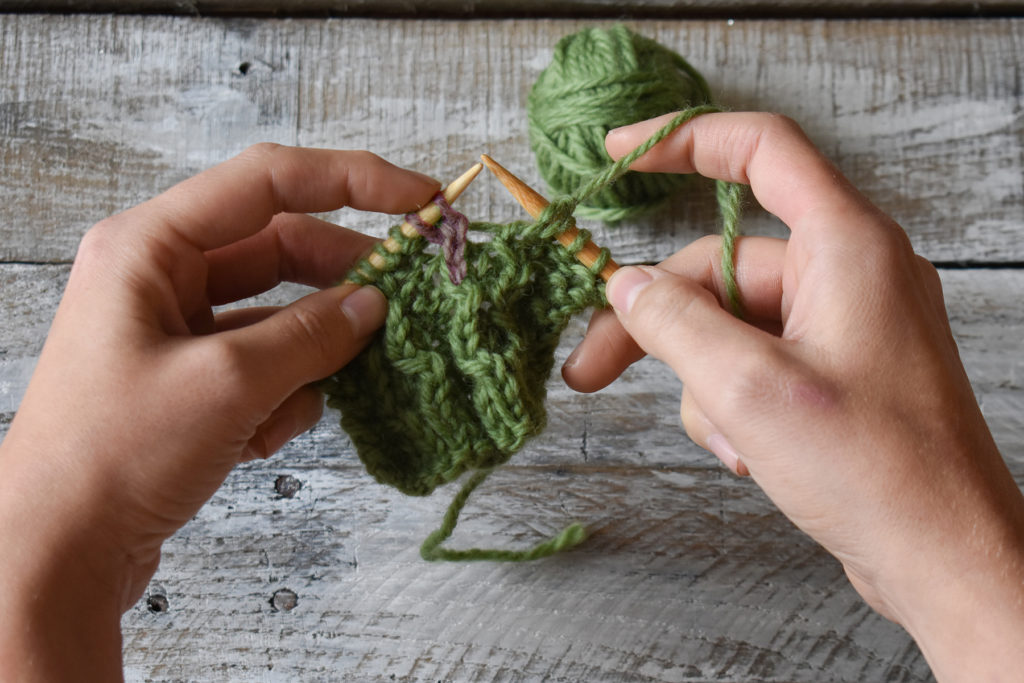
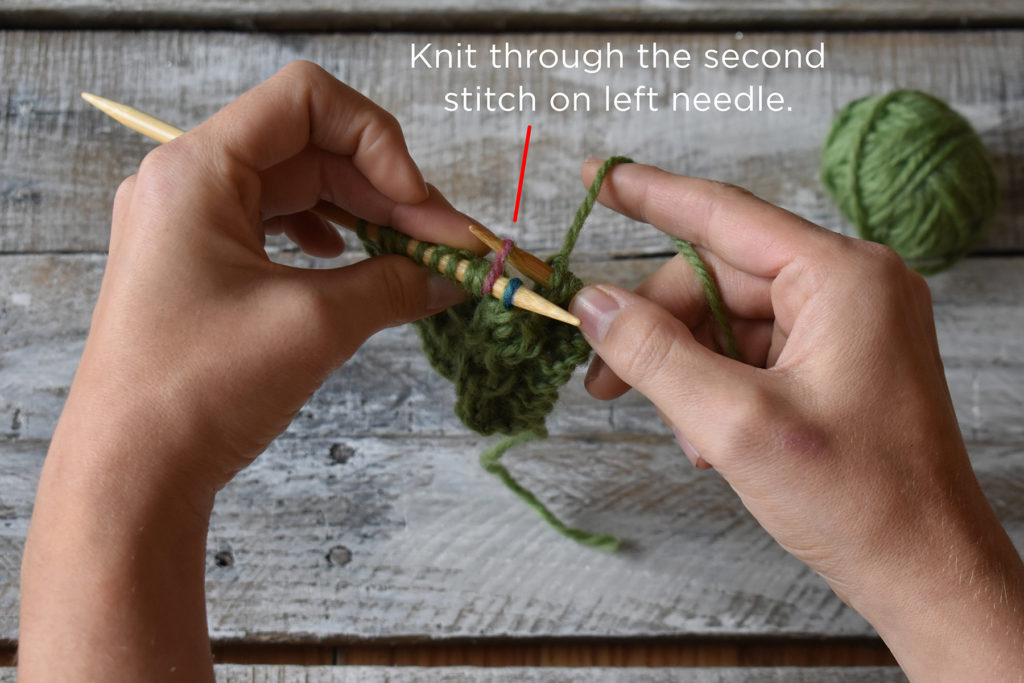
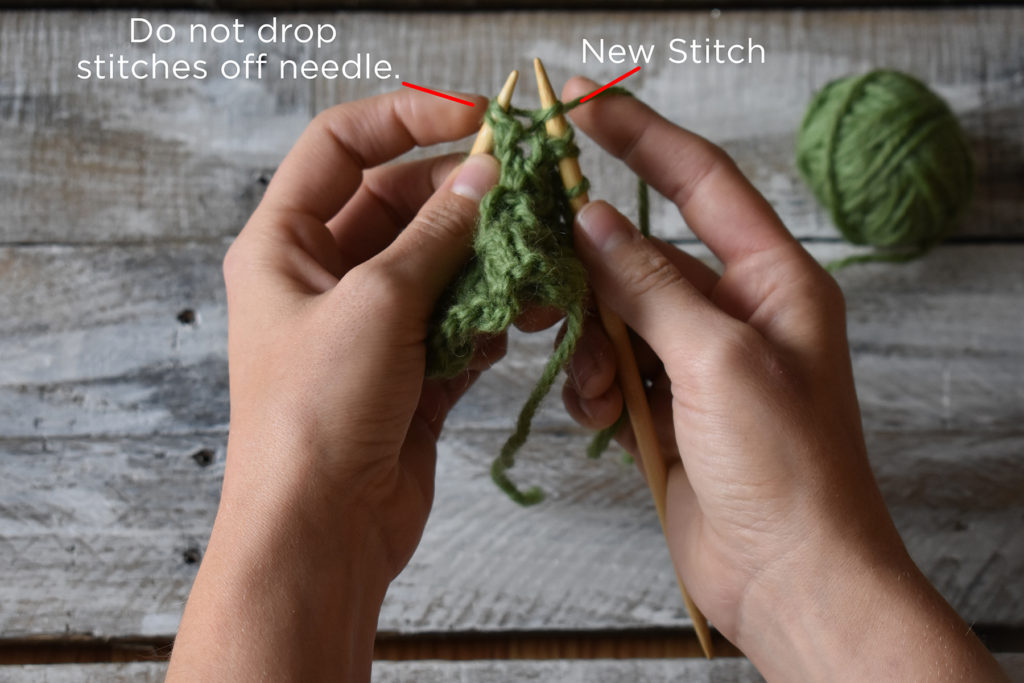
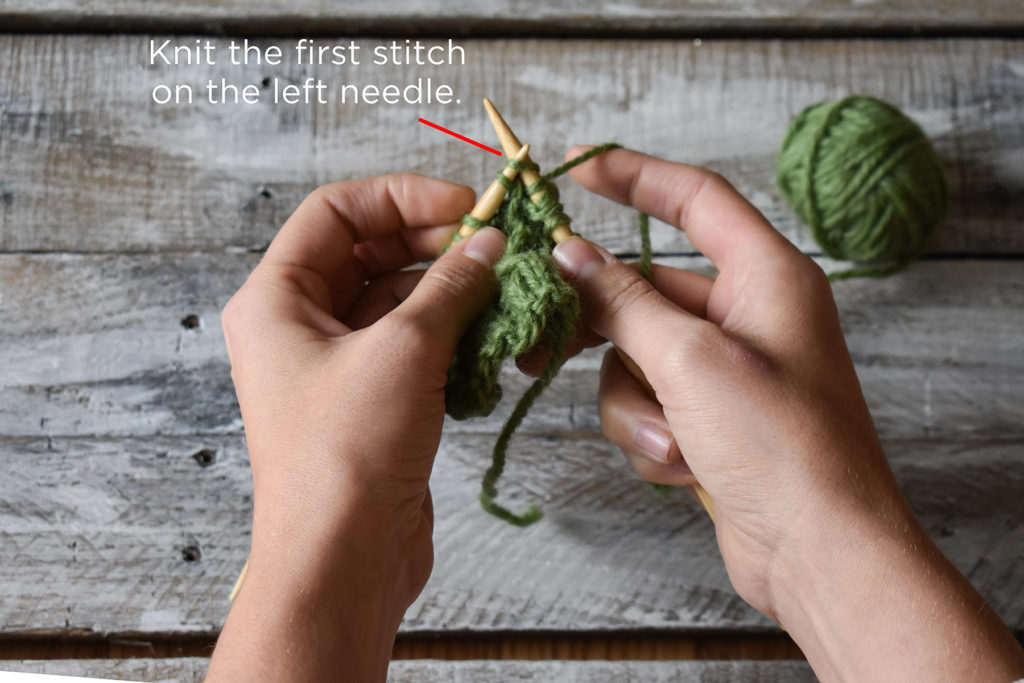
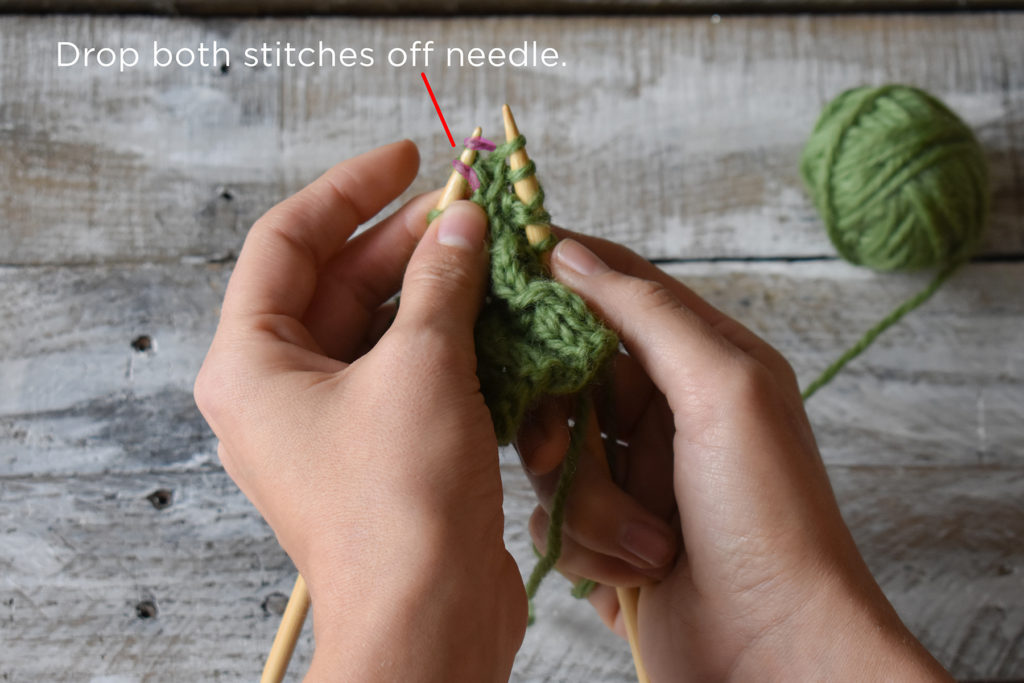
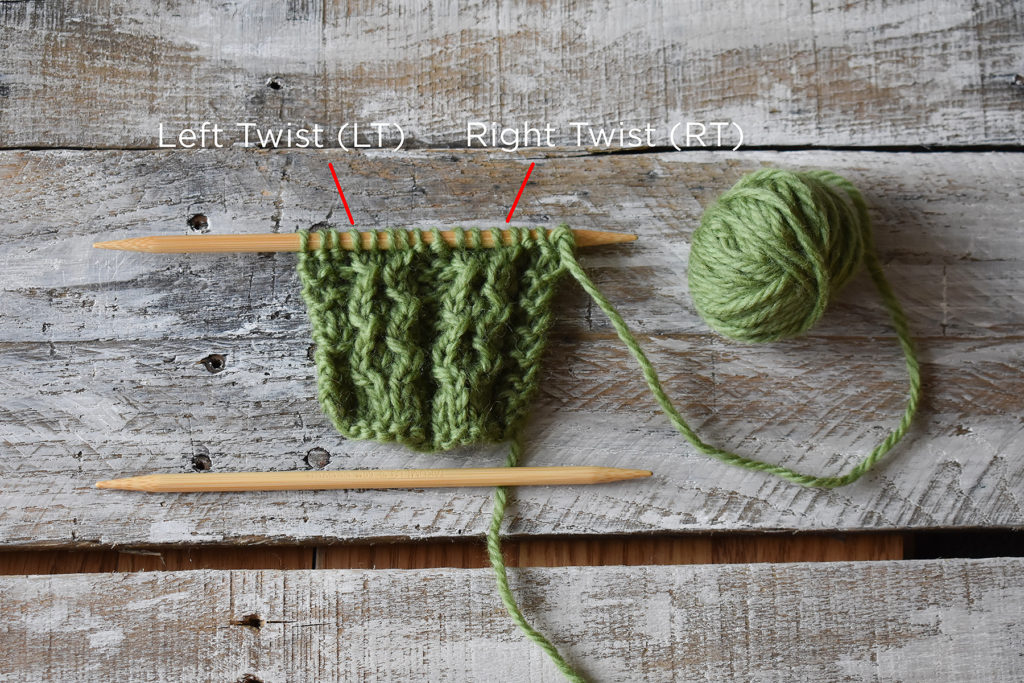
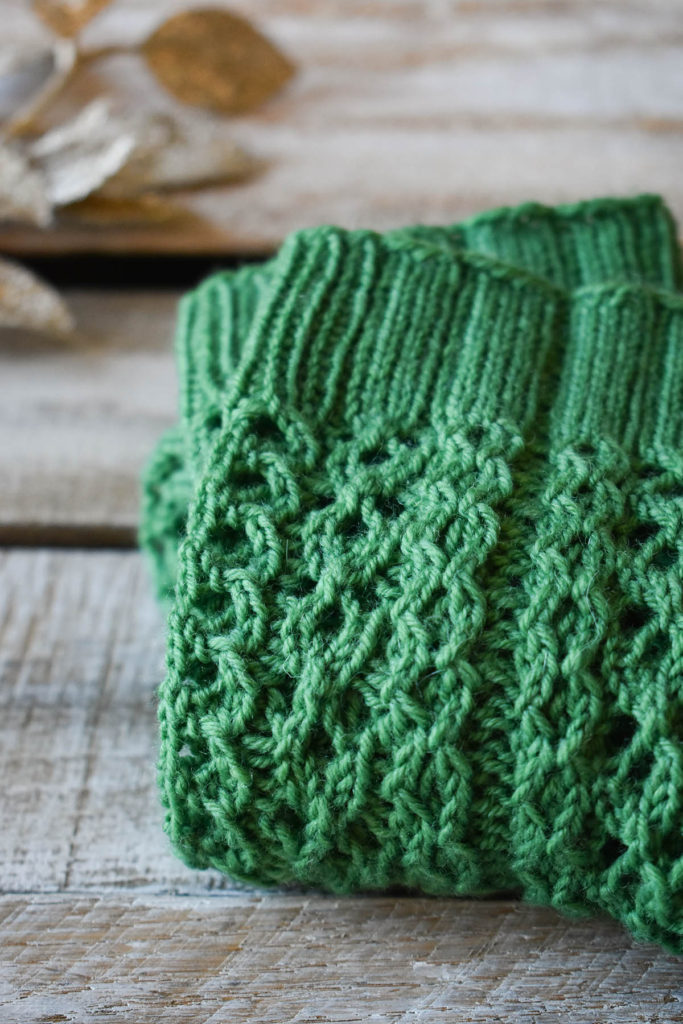
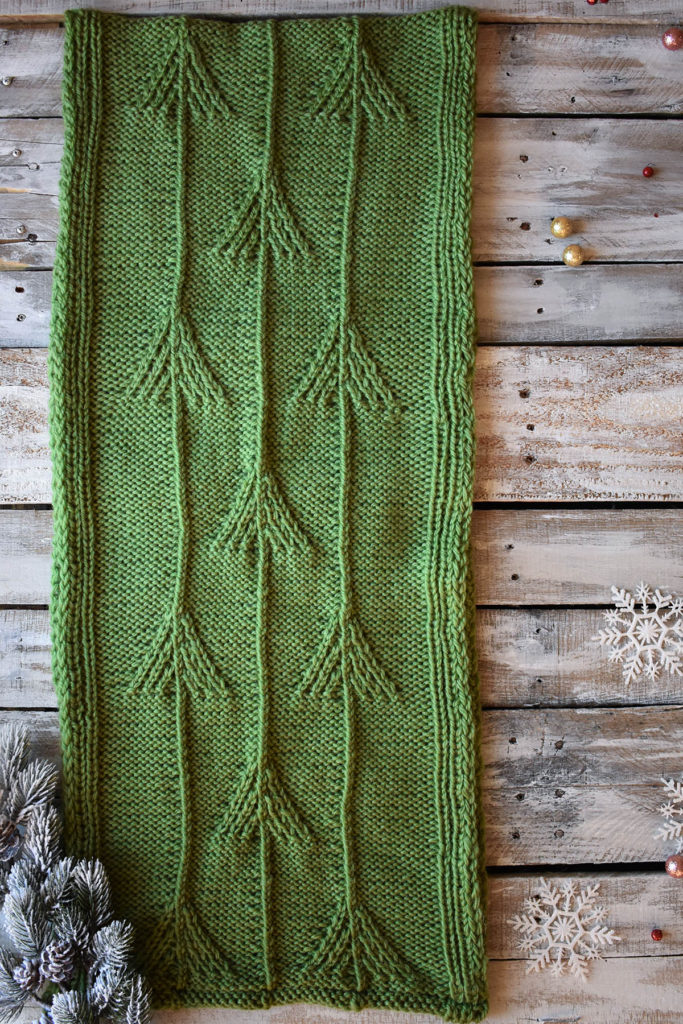
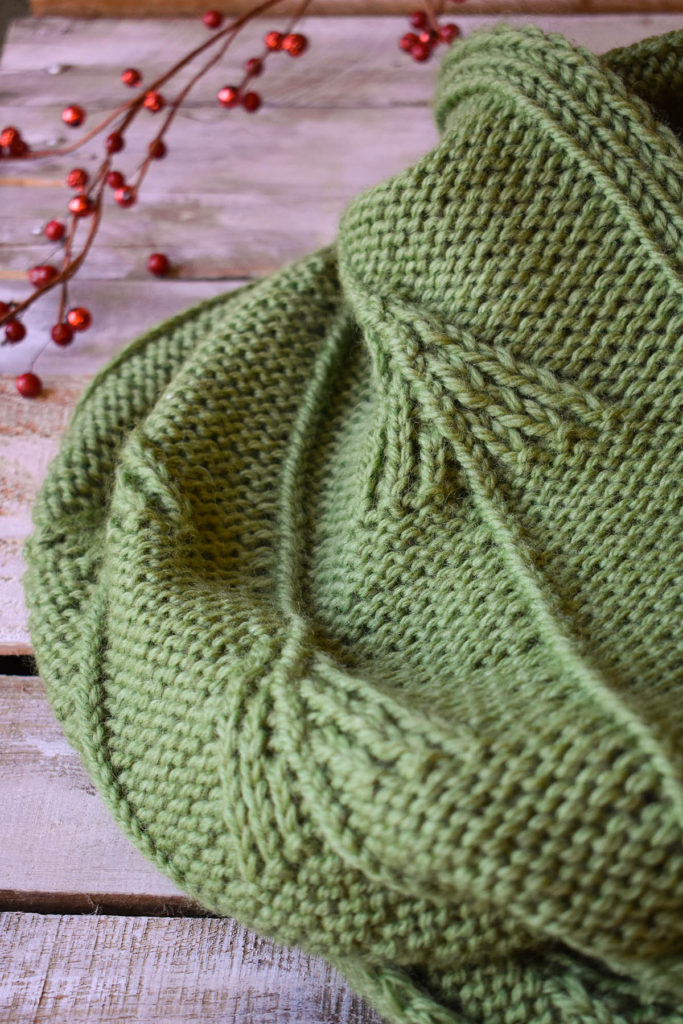
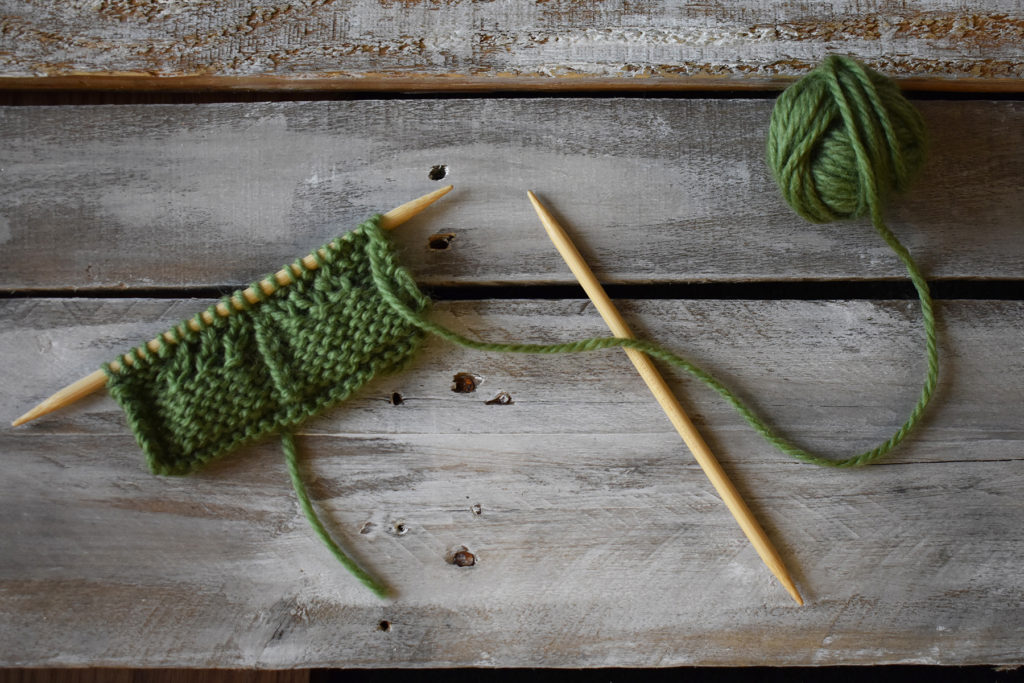
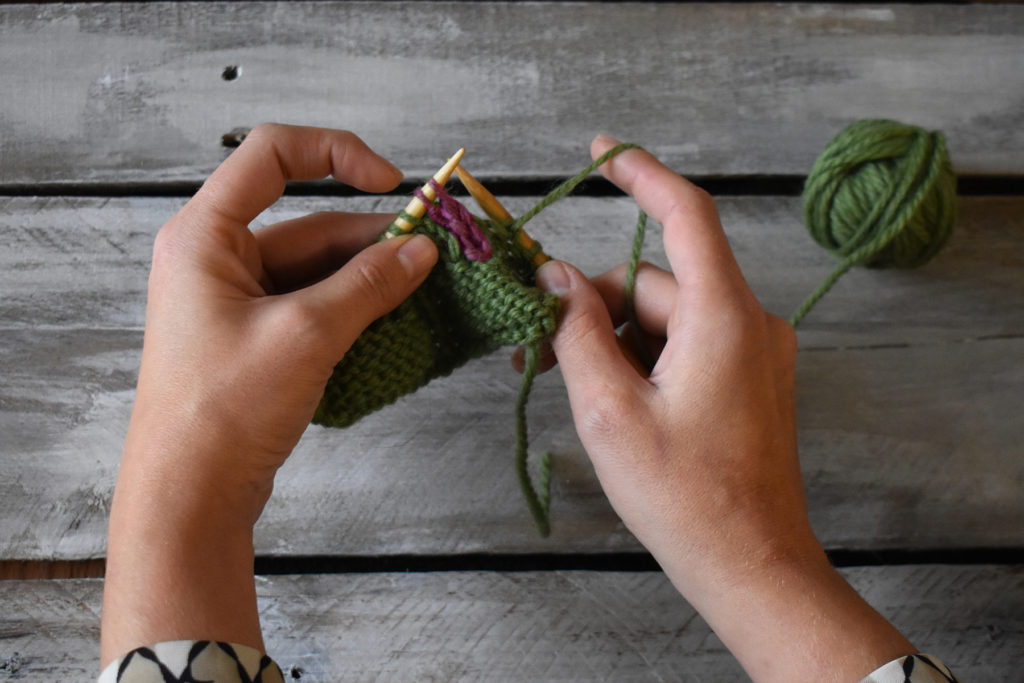
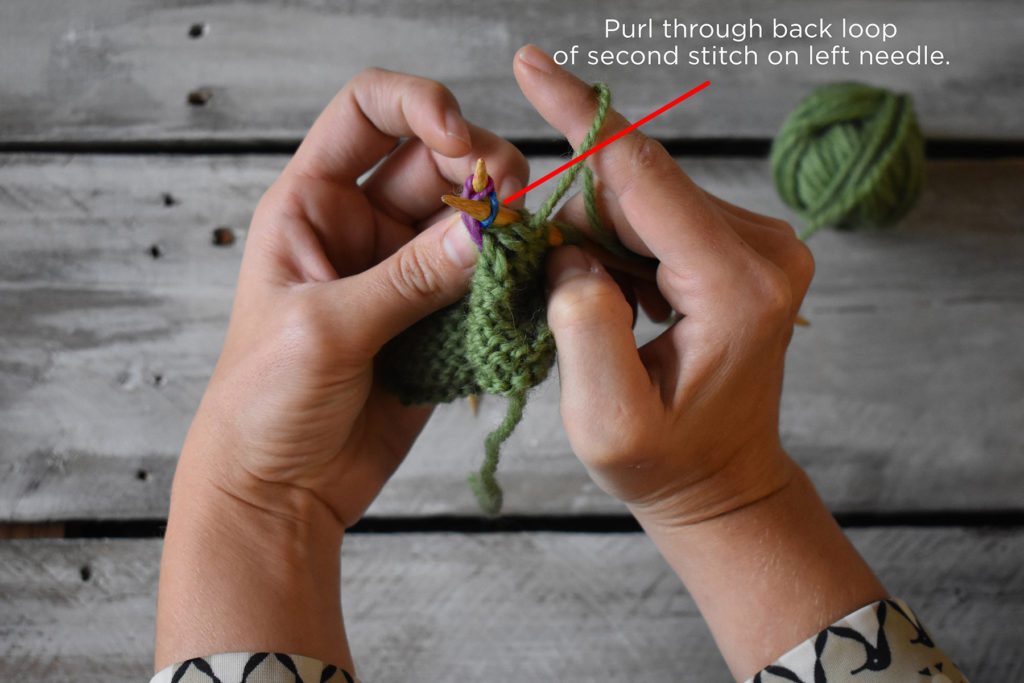

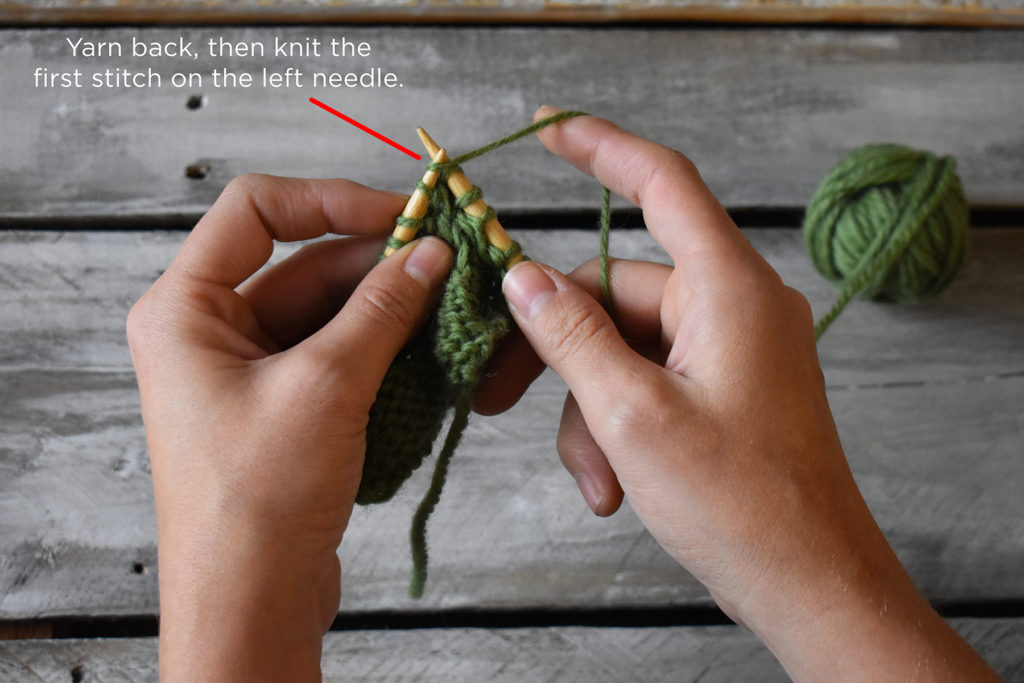
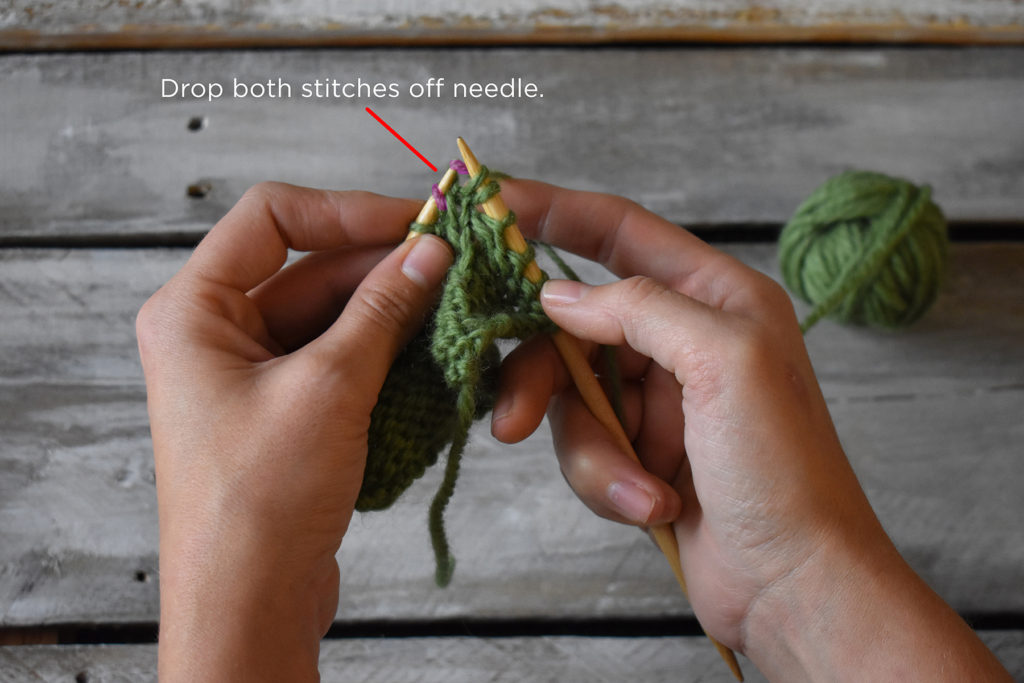
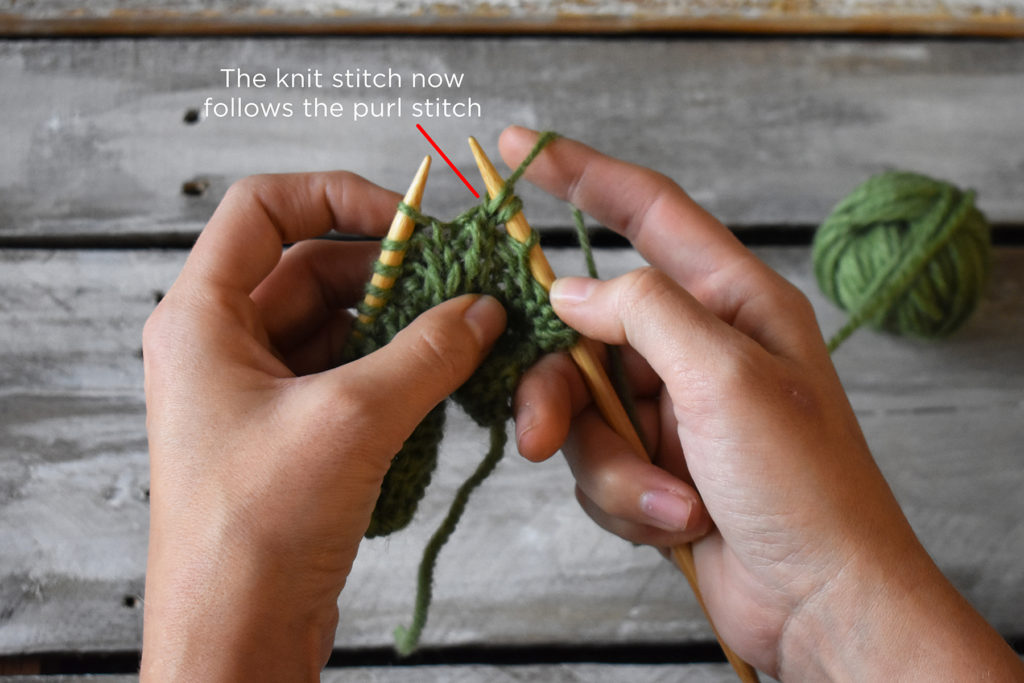
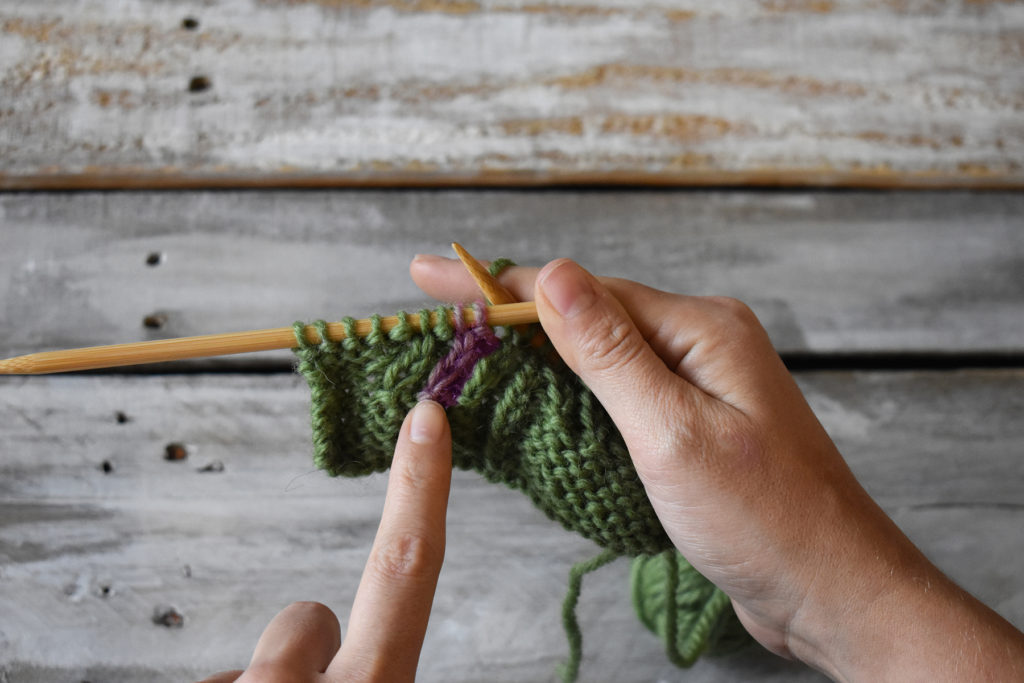
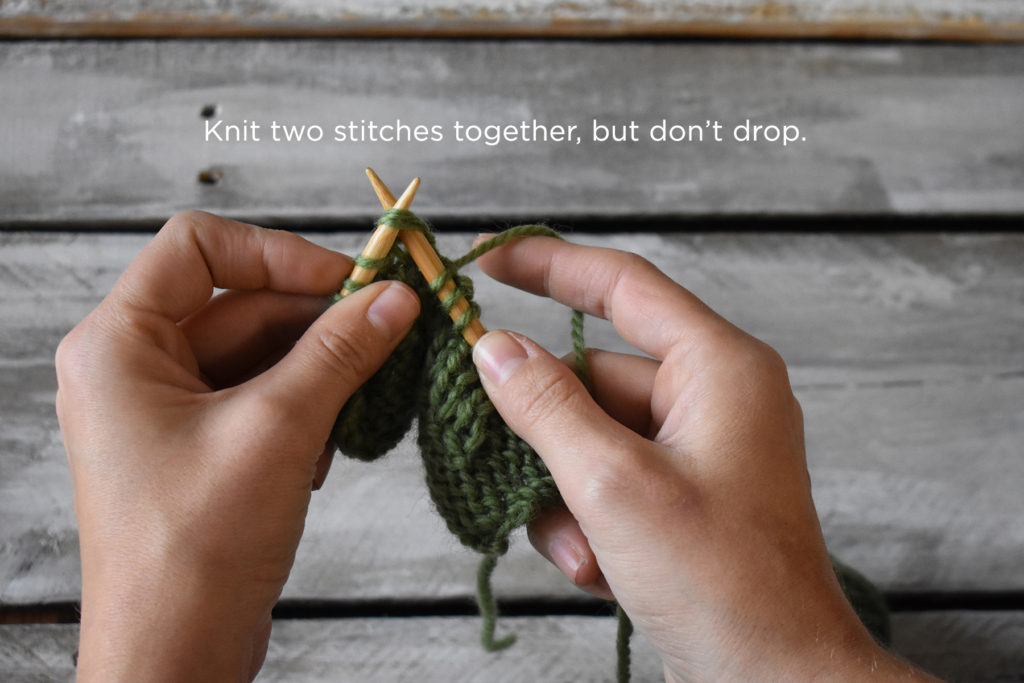
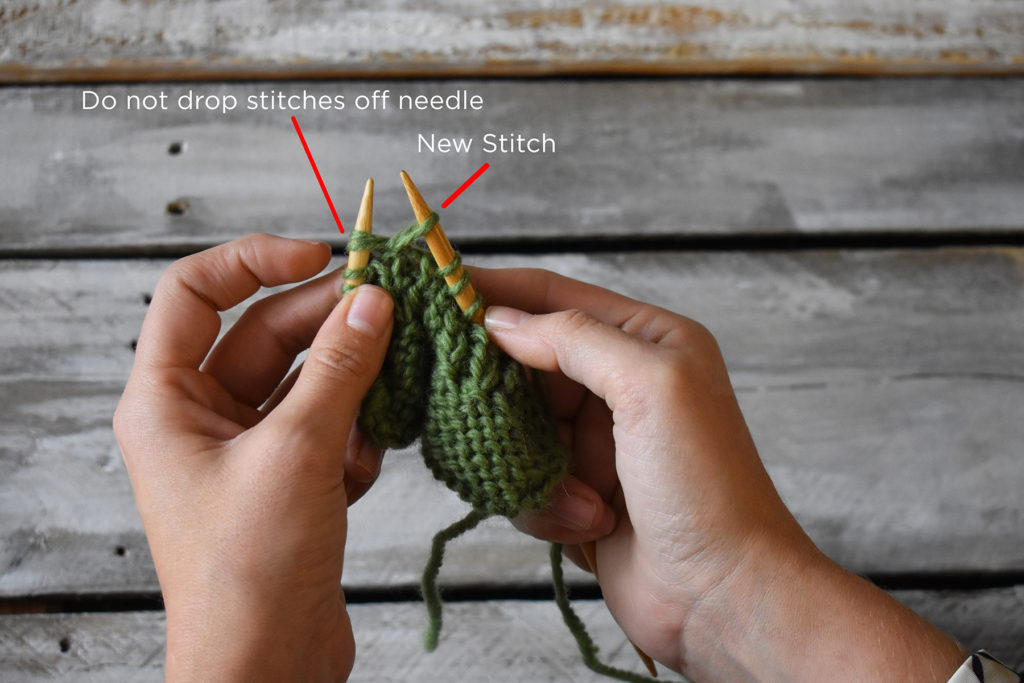

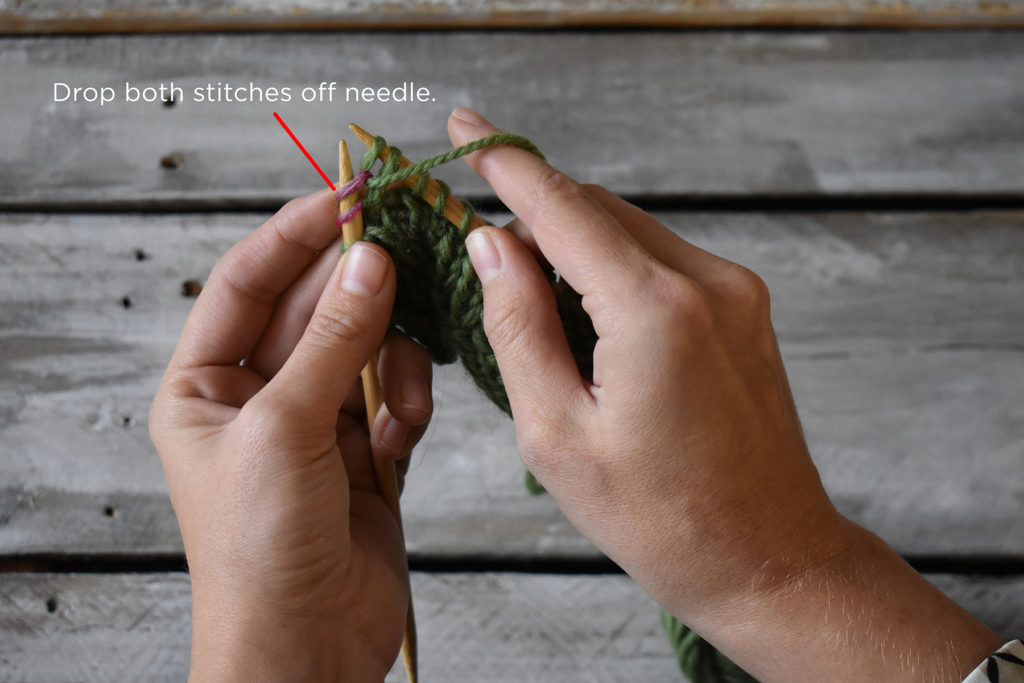
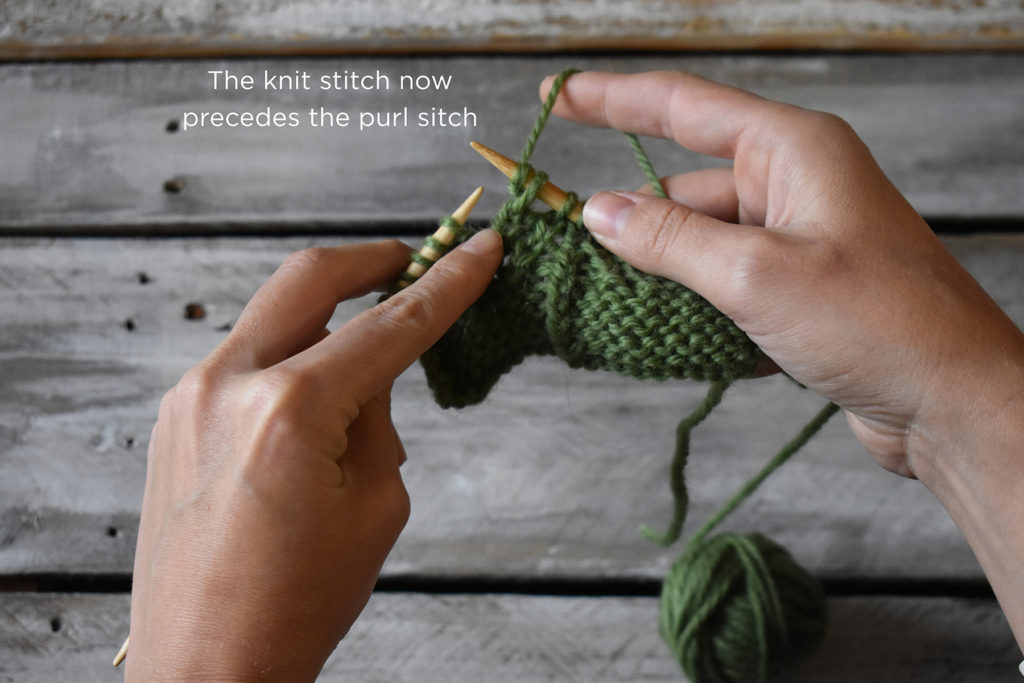
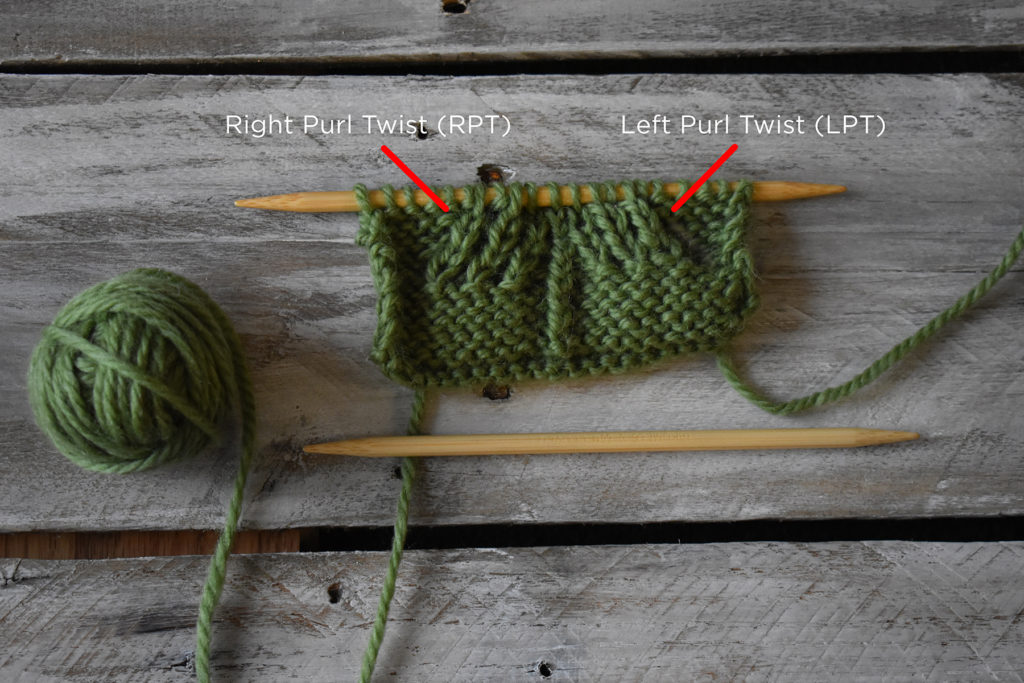
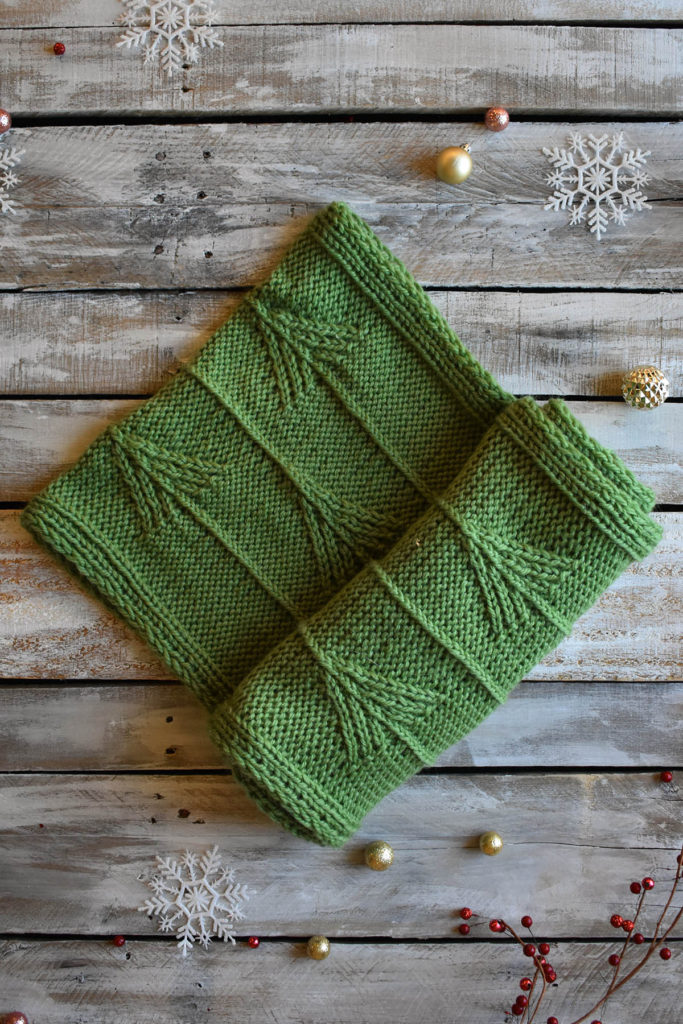

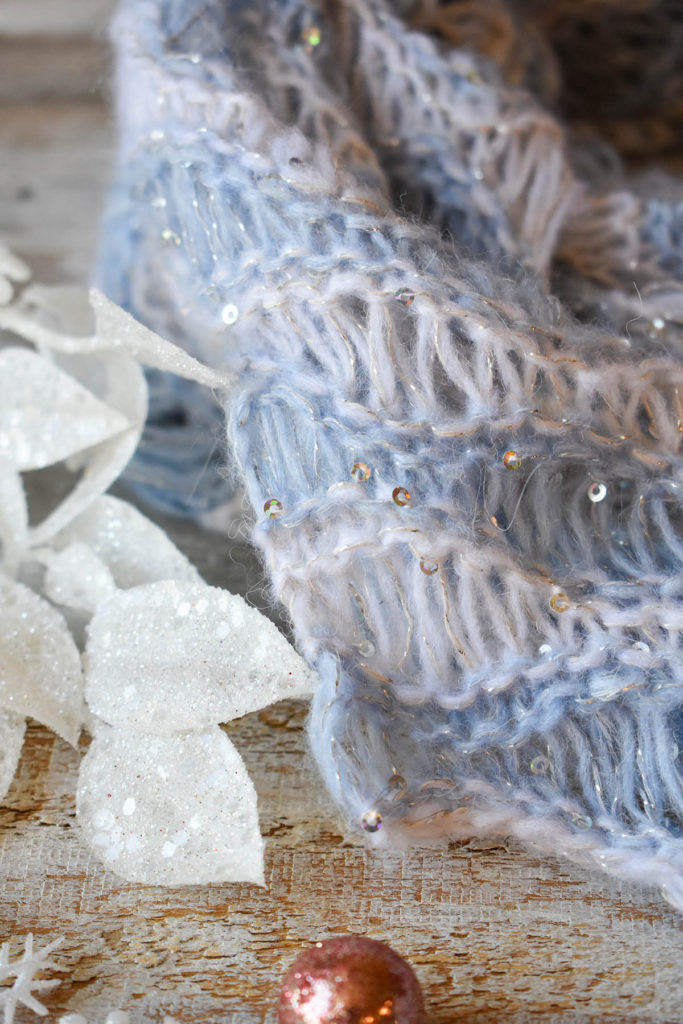
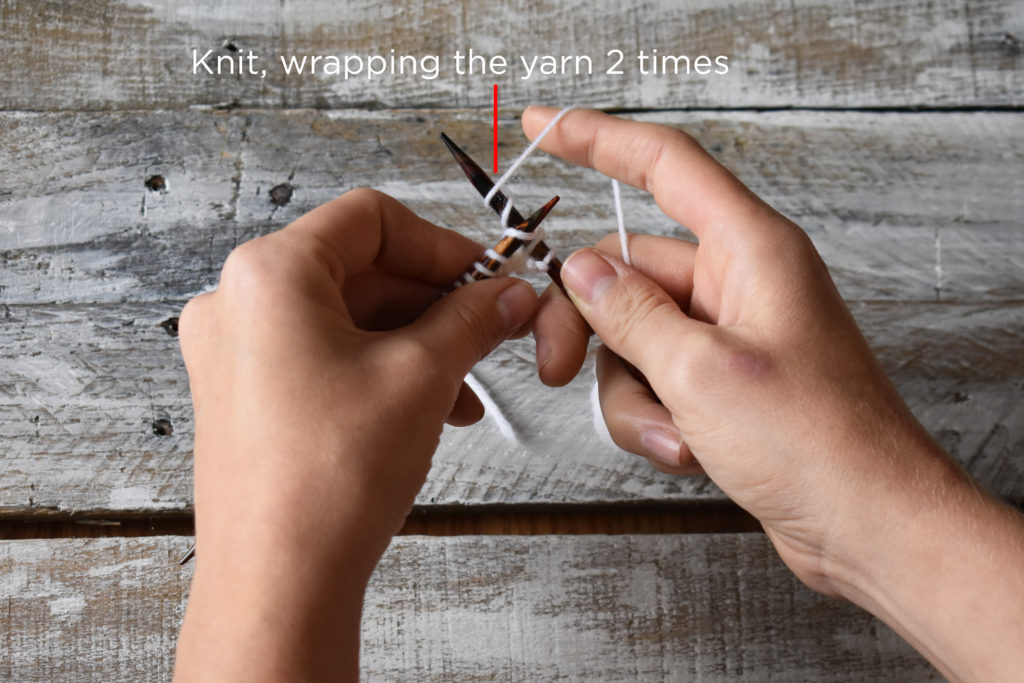
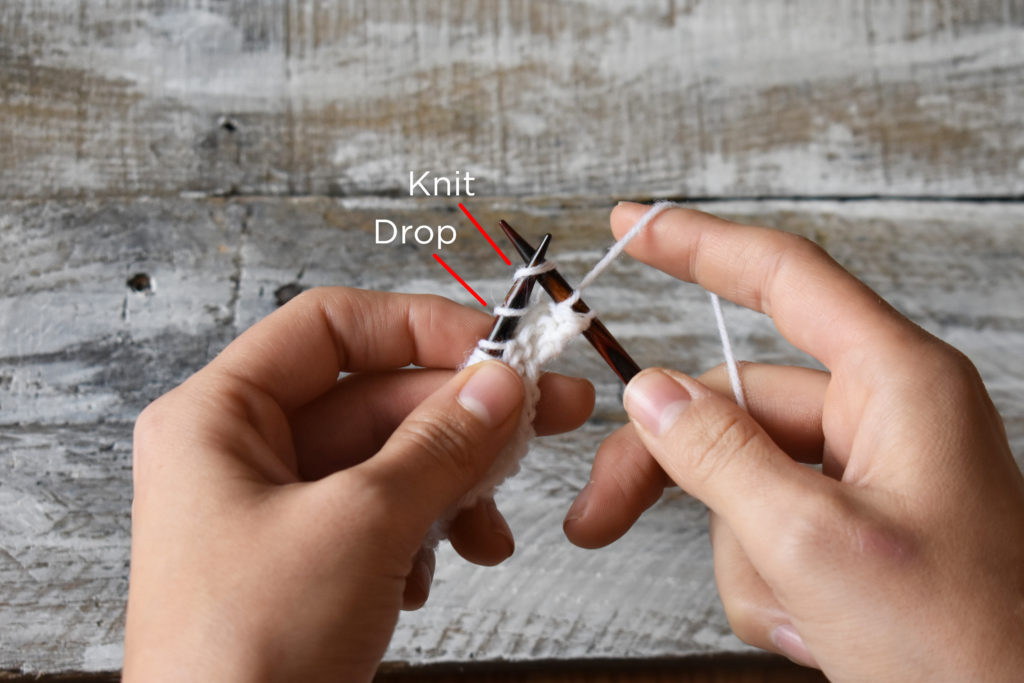
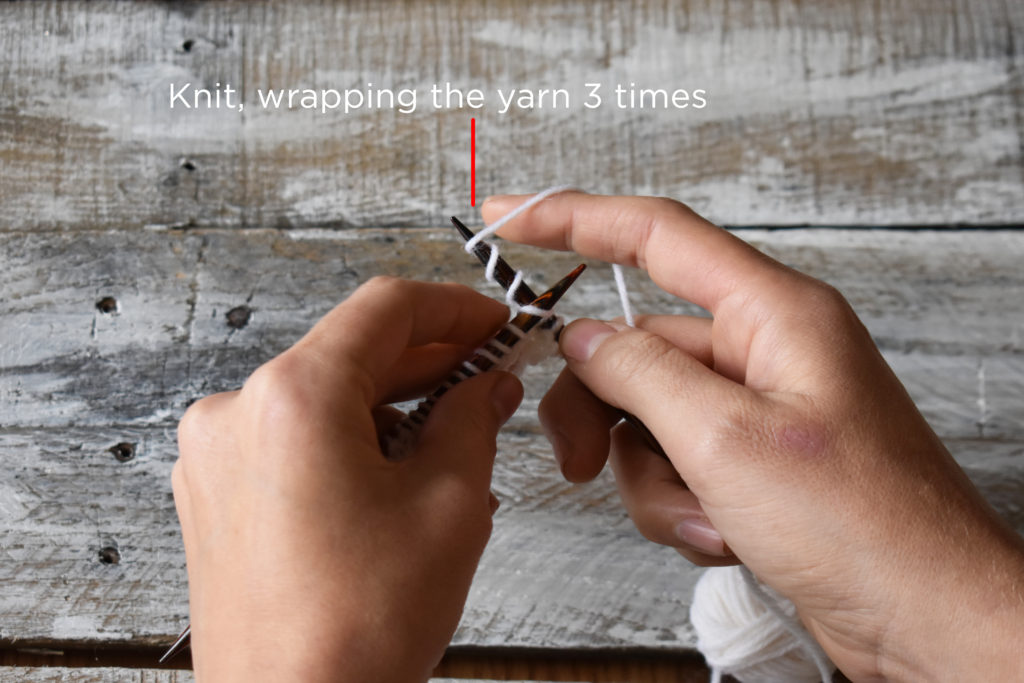

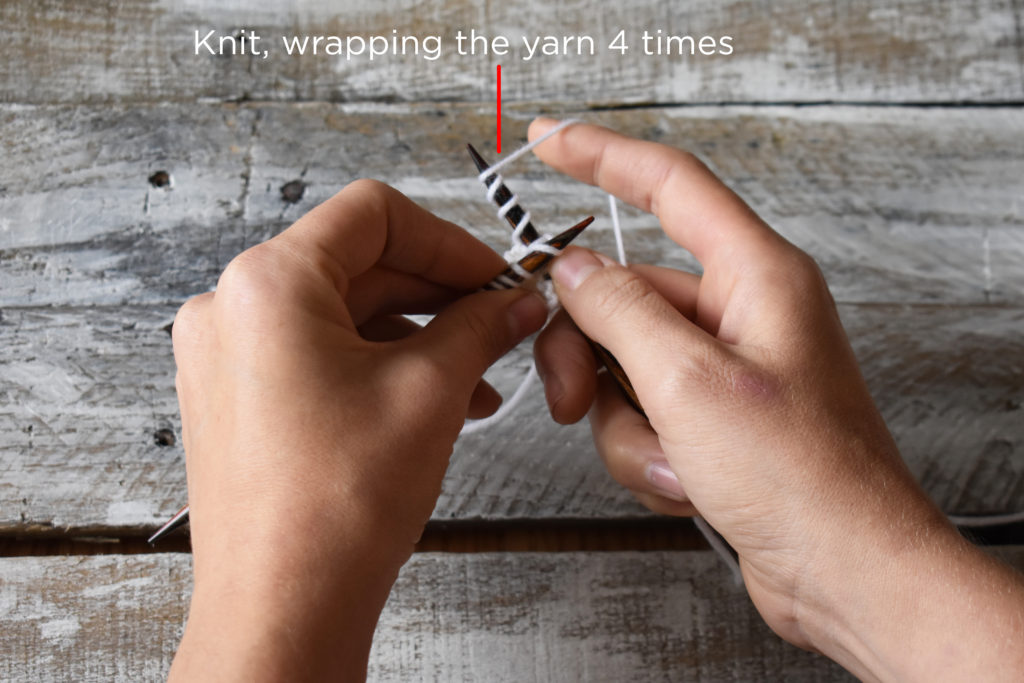


Seasons Greetings from the Universal Yarn Team! Today, we’re pleased to share a special free pattern with you for the Christmas season: the Carolina Holly hat (pattern link)! Holly – like poinsettias, mistletoe, and ivy – conjures images of the holidays. The spiky plant is evergreen and beautiful, and it was the inspiration for the Carolina Holly hat.
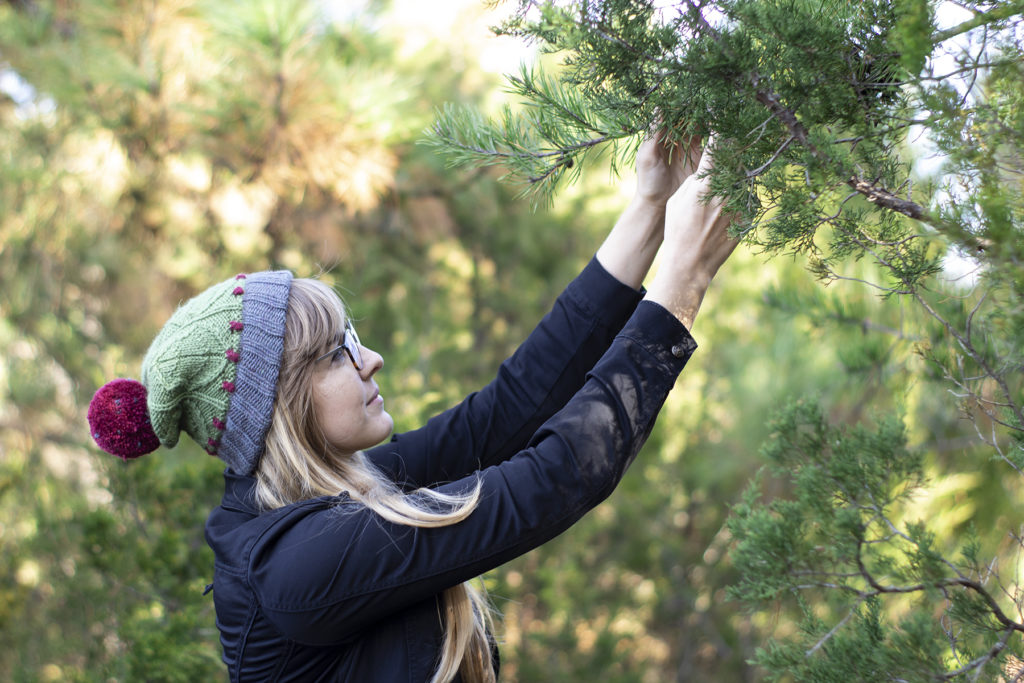
This free pattern is a load of fun to knit. It takes three skeins of Deluxe Worsted – and that’s enough to make two hats. Of our line of yarns, Deluxe Worsted might just be my favorite. It’s excellent for every type of project, creates long-wearing fabric, and perfectly balances softness with the crunch of pure wool that I love. Plus, there are so many colors to choose from. For this hat I chose Sangria, City Turf, and Slate, but there are so many shades of red, green, and grey in the palette. I encourage you to find the combination that leaves you feeling inspired! Prefer superwash wool? You’re in luck – our machine-washable Deluxe Worsted Superwash would work perfectly as a substitute.
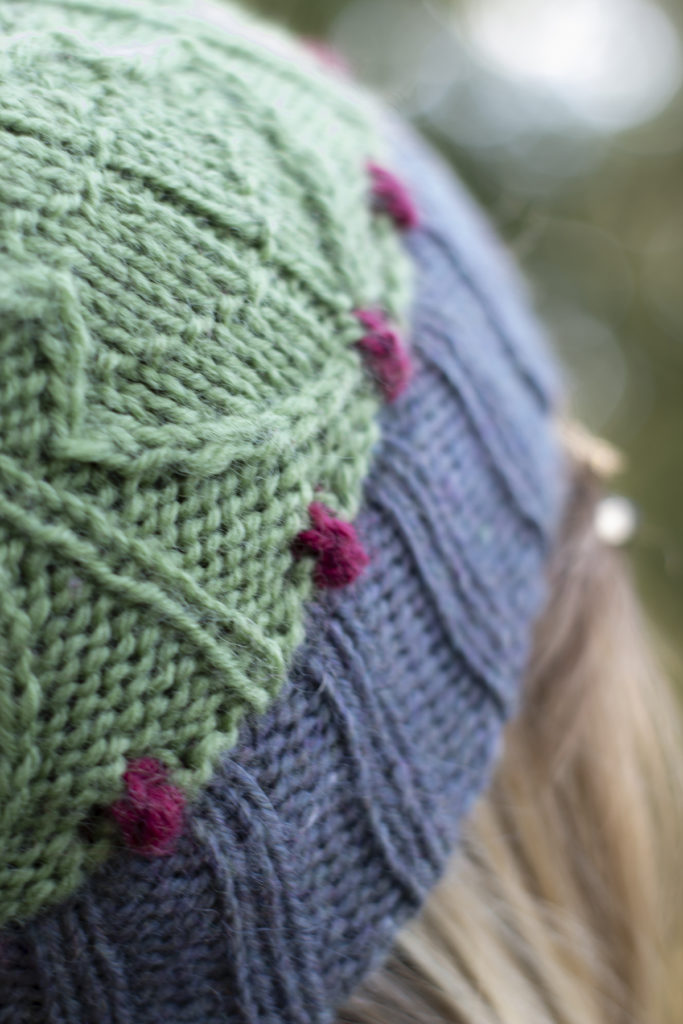
I wanted to give this hat some special touches. A double-thick brim ensures a warm and comfortable fit. A row of mini-bobbles knit in a rich red create little holly berries, and a large red pom-pom balances out the pop of red. Finally, to incorporate the grey used in the brim, the same color is used to add speckles to the pom-pom. The speckled pom-pom idea was not my own. I was inspired by designer Kiyomi Burgin, who has used this technique in her own work. You can find her post on speckled pom-poms here (link).

For your convenience, I’ve also created a tutorial. I hope you find it to be helpful! You’ll need to make your pom-pom before starting. If you haven’t done this before, don’t worry! You can find Amy’s tutorial on how to make pom-poms here (link).
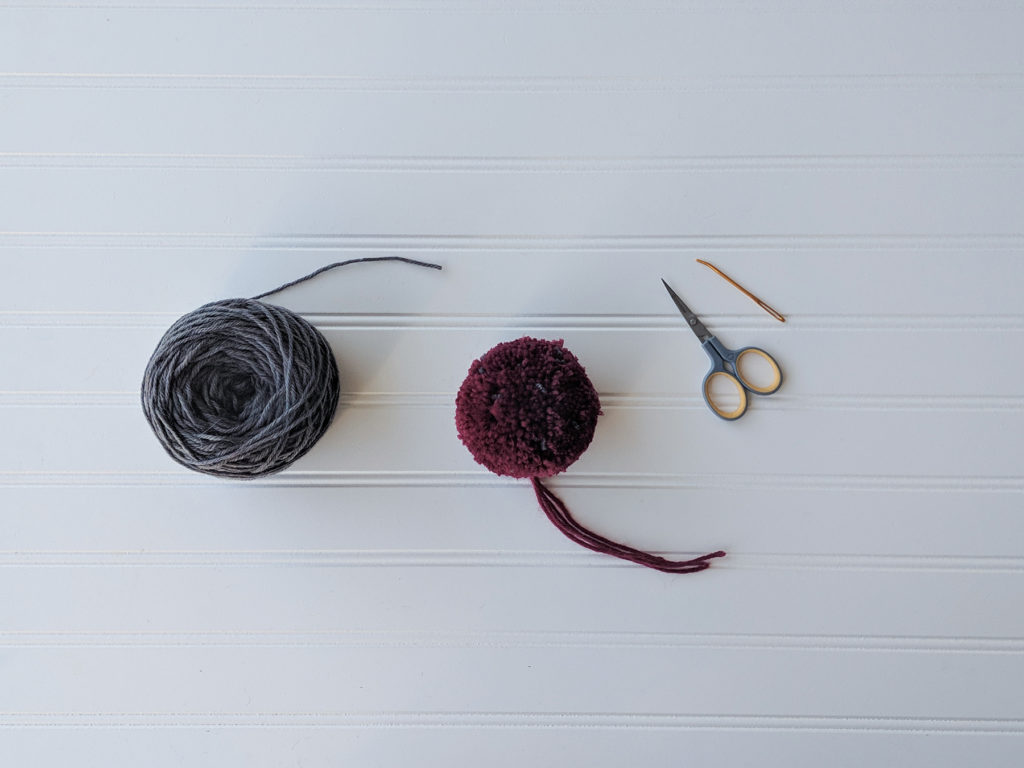

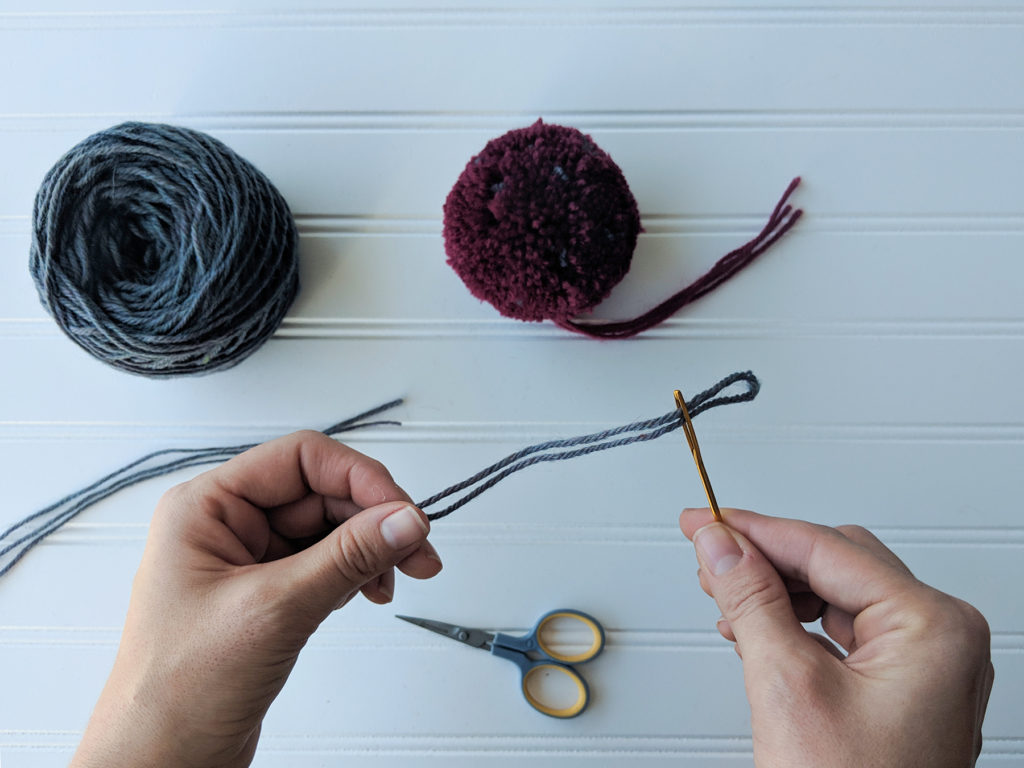
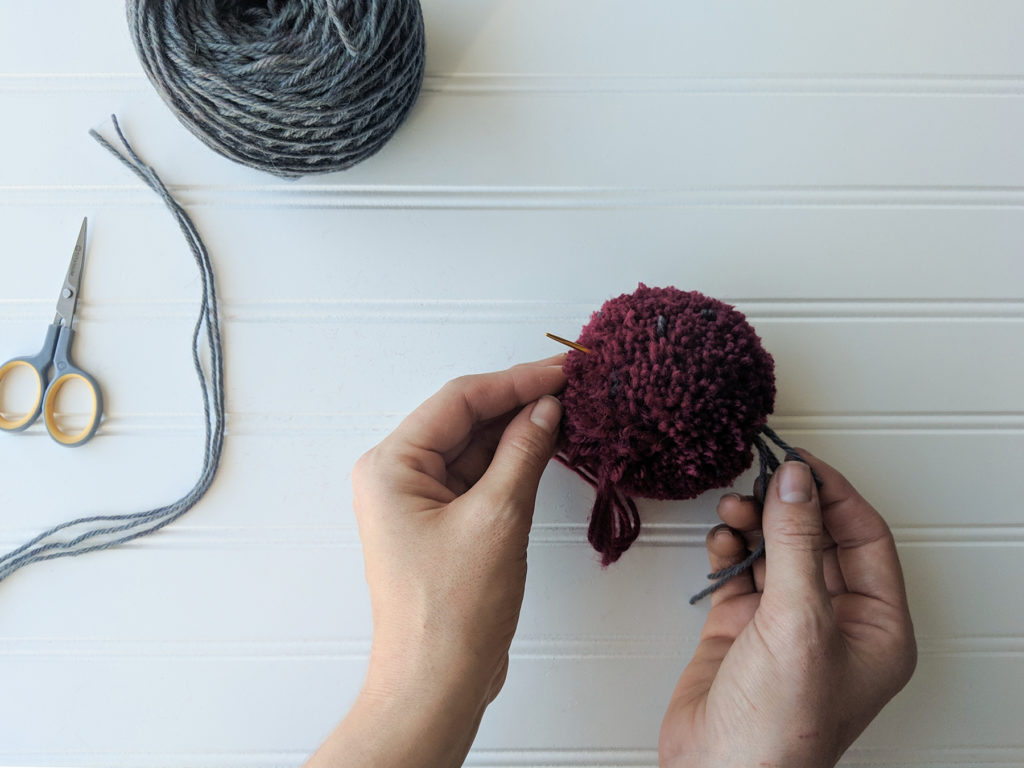
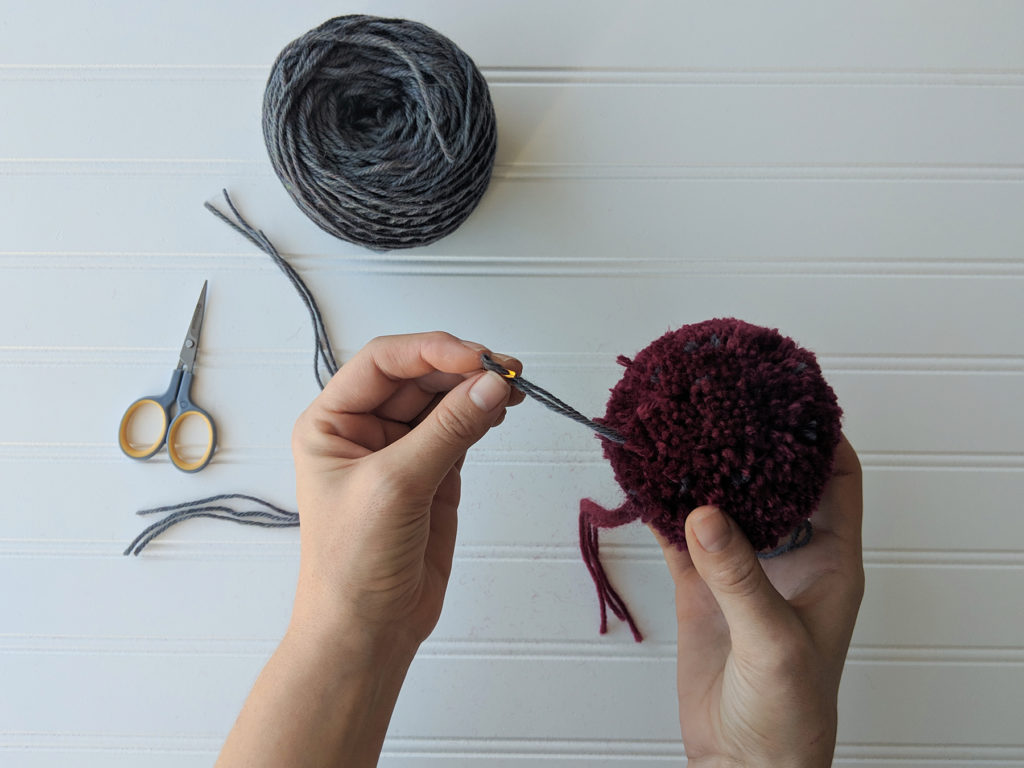
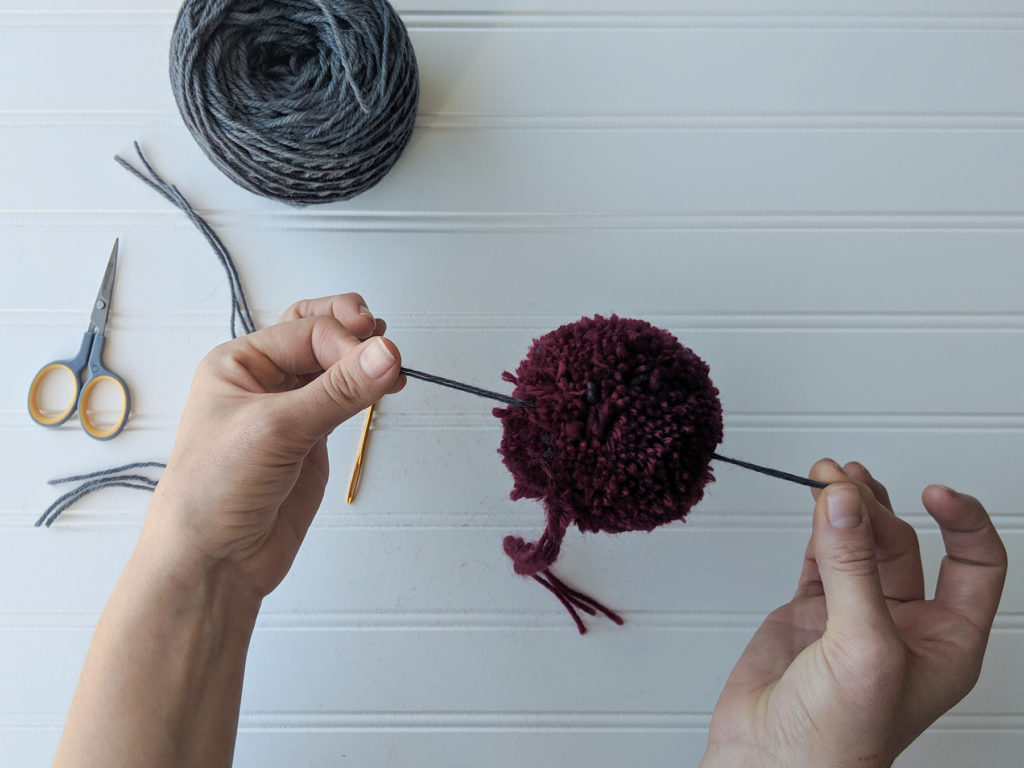
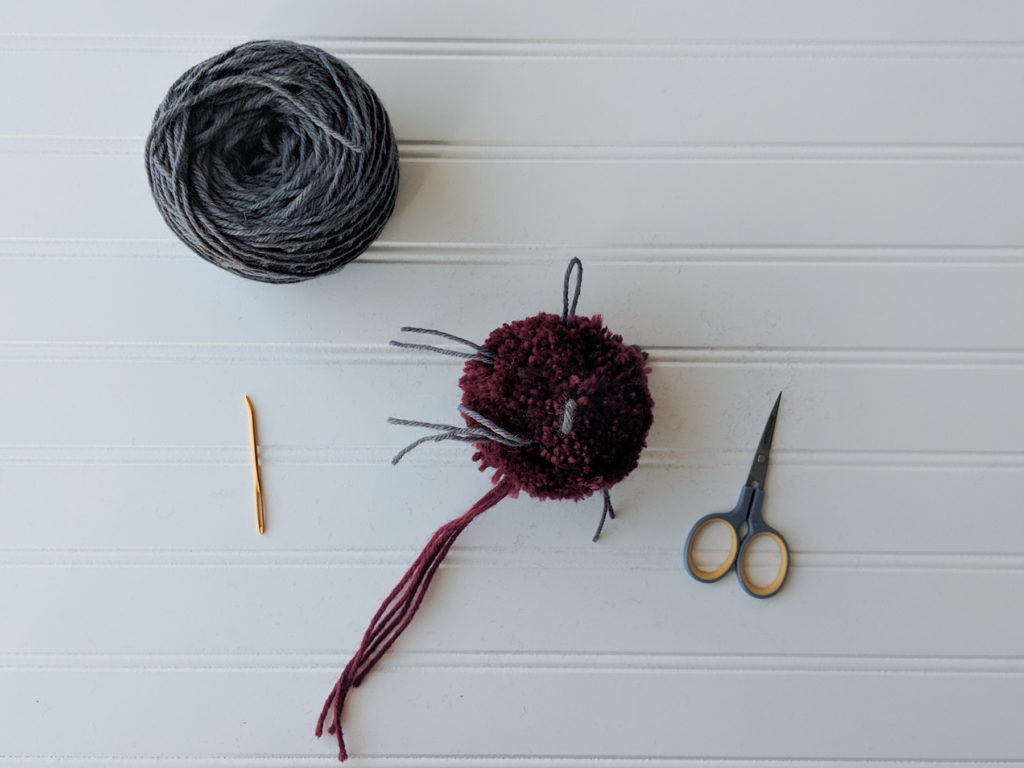

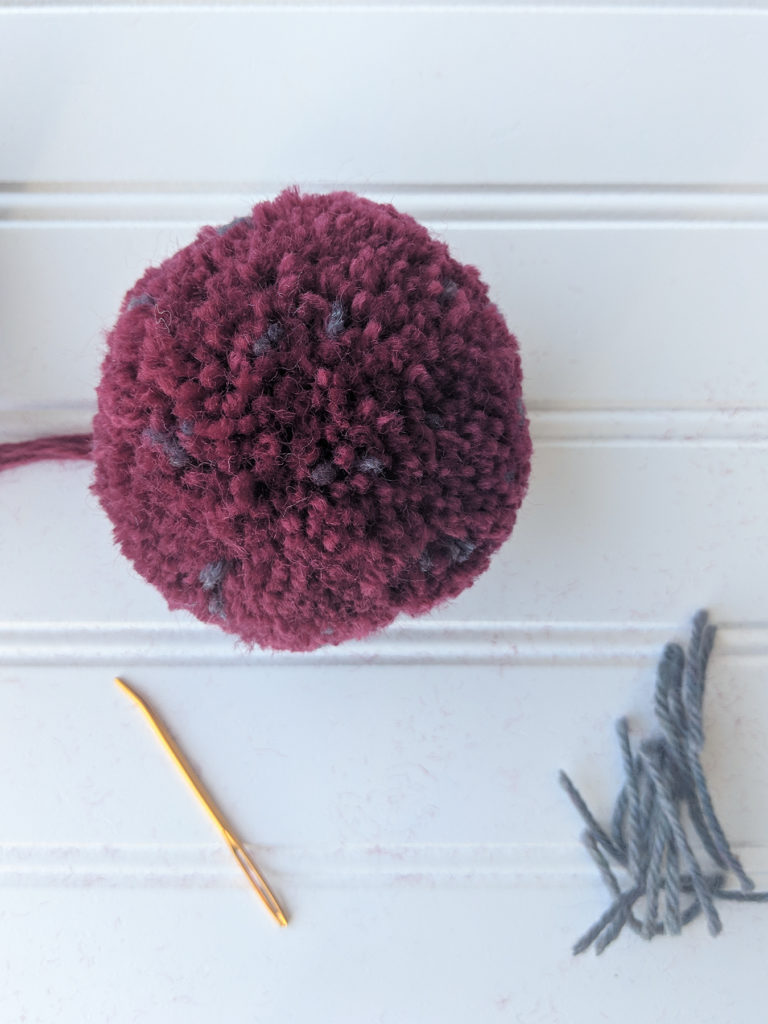
This is part 1 in a 12 part series highlighting designs from our 12 Days of Winter, Series 2 Edition.
We can hardly believe it’s already November. Knitting season is in full swing. Our needles and hooks are full of warm and woolly goodness. We’re preparing for the holidays – working tirelessly on special projects for friends and family. Here at Universal Yarn, we’ve also been working hard to create the second annual installment of a beautiful collection of wintry kits to welcome the season. So, at long last, we’re able to reveal the first of twelve special kits. Say hello to the 12 Days of Winter 2018 Collection!
Last year we kicked off the collection with a pair of socks. This year we’re thrilled to do the same. For Day 1 of the collection, we have Mistletoes.
I’m a big fan of stranded colorwork. It may take a backseat to knitting cables, but for some reason, I simply cannot resist a good pair of colorwork socks. The Mistletoes socks combine self-striping Adore Colors and Adore for a visually striking effect.
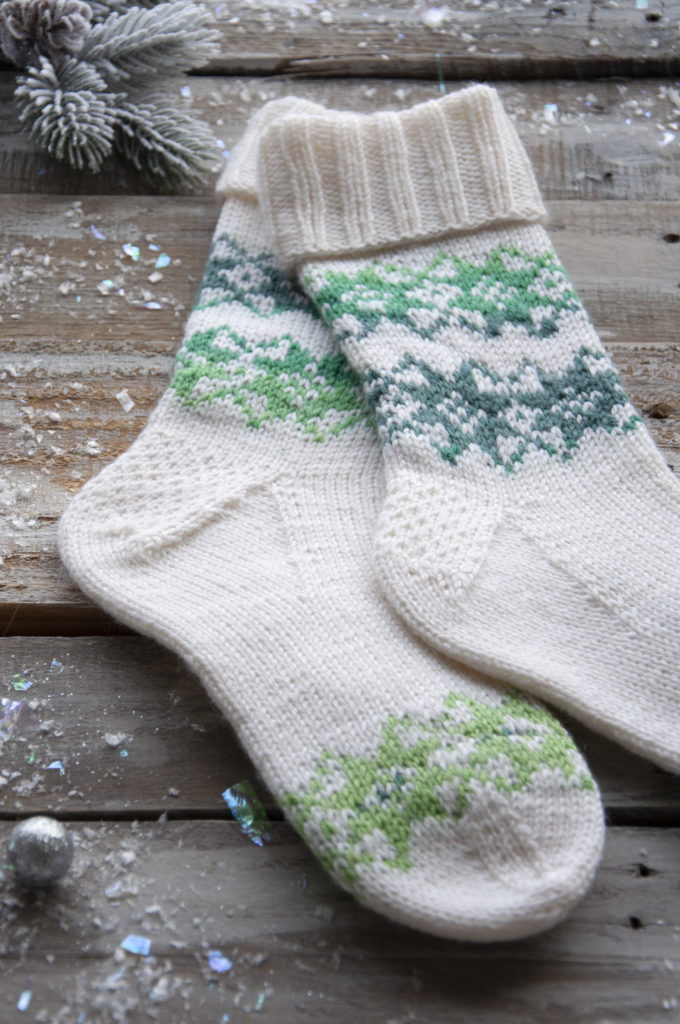
Despite the beauty of stranded colorwork, many knitters find themselves intimidated. Like everything else in knitting, once you’ve done it you realize how simple it really is. If you haven’t done colorwork before I want to empower you to get your feet wet – if you have, I want to encourage you to learn a bit more! Let’s get down to it! I’ve compiled a list of tips and tricks to help you along the way.
Get comfortable with charts.
This is something else that can intimidate knitters, but it’s essential for colorwork. I’d actually argue that colorwork is an excellent introduction to reading charts since you’re usually only looking at colors. Last year I included some tips and tricks for understanding charts. You can find the full post here (link).
Manage your yarn.
Managing your yarn well when knitting colorwork can make the process so much more enjoyable. I recommend keeping each ball of yarn on a separate side to prevent unnecessary, annoying twists and tangles.
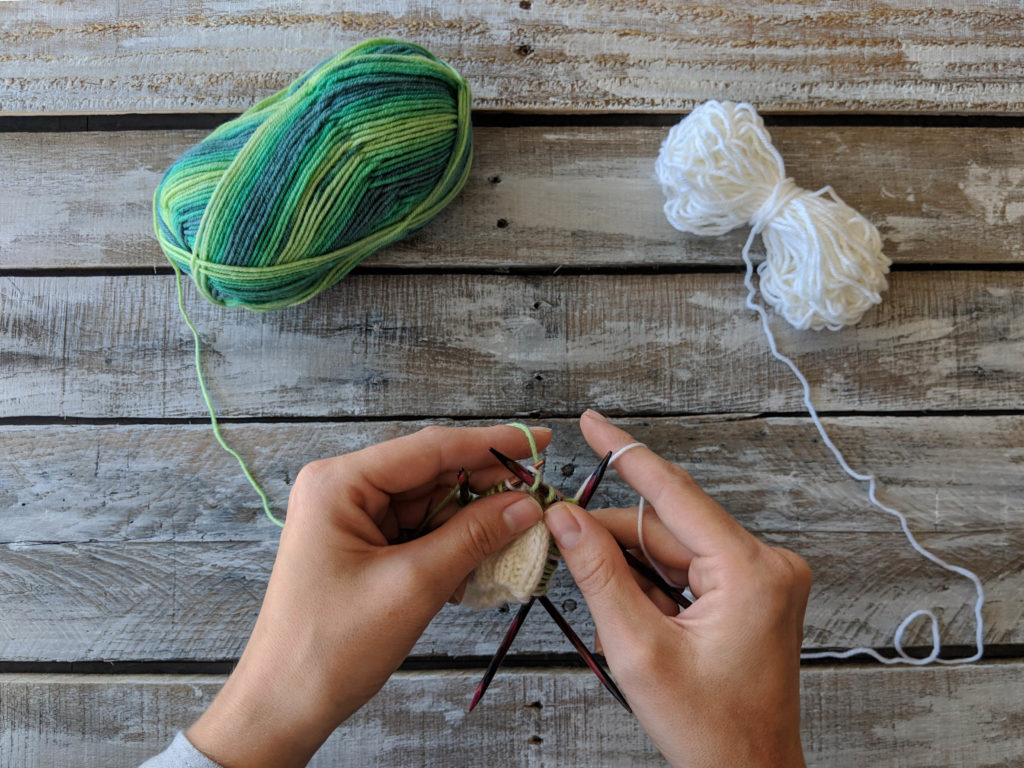
Taking care of tension.
This is probably the most important aspect of stranded knitting. To achieve the results you want, your tension should be even. Why? Floats. Since you’re carrying two strands of yarn across the back of your work, one of the yarns will always be “on hold” while you work stitches with the other color.
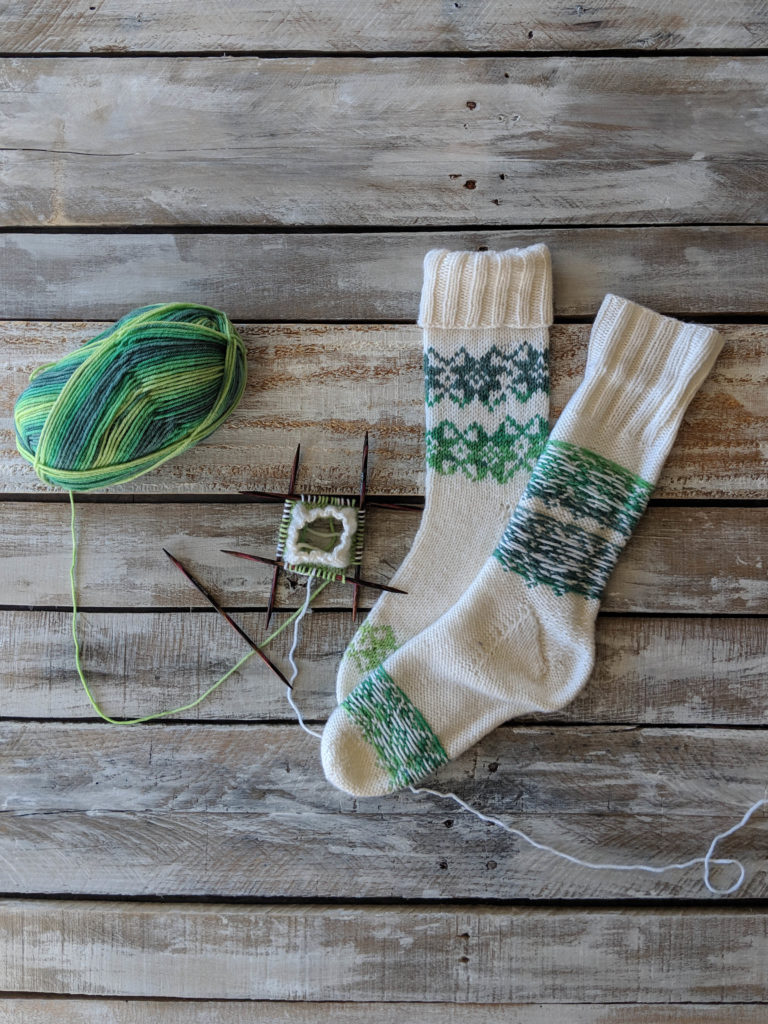
If your floats are too tight, the fabric will pucker. Puckered fabric is considerably less elastic and will appear a bit bumpy – taking away from the beautiful patterning you worked so hard on. Not to worry, though! There are ways to ensure that your floats are even and not too tight. I’m personally a pretty tight knitter, so I use these techniques, too.
Use larger needles. First things first: swatch, swatch, swatch! Once you do, you’ll realize that your gauge in stockinette stitch is different than your gauge in stranded knitting. To combat the difference, changing needles helps a lot. Expect to use needles that are one to two sizes larger for stranded portions of your knitting. Most patterns, including the Mistletoes, will direct you to do this. However; that’s not always the case. Keep this in mind whenever you’re knitting colorwork.
Turn your work inside-out. This is exactly what it sounds like. By turning your work inside-out, your floats will be facing you while you’re knitting. It doesn’t change the actual knitting at all, but it’s a simple way to manage your floats. By carrying your floats on the outside, you’re allowing them a bit more room. This trick is simple, easy, and effective.
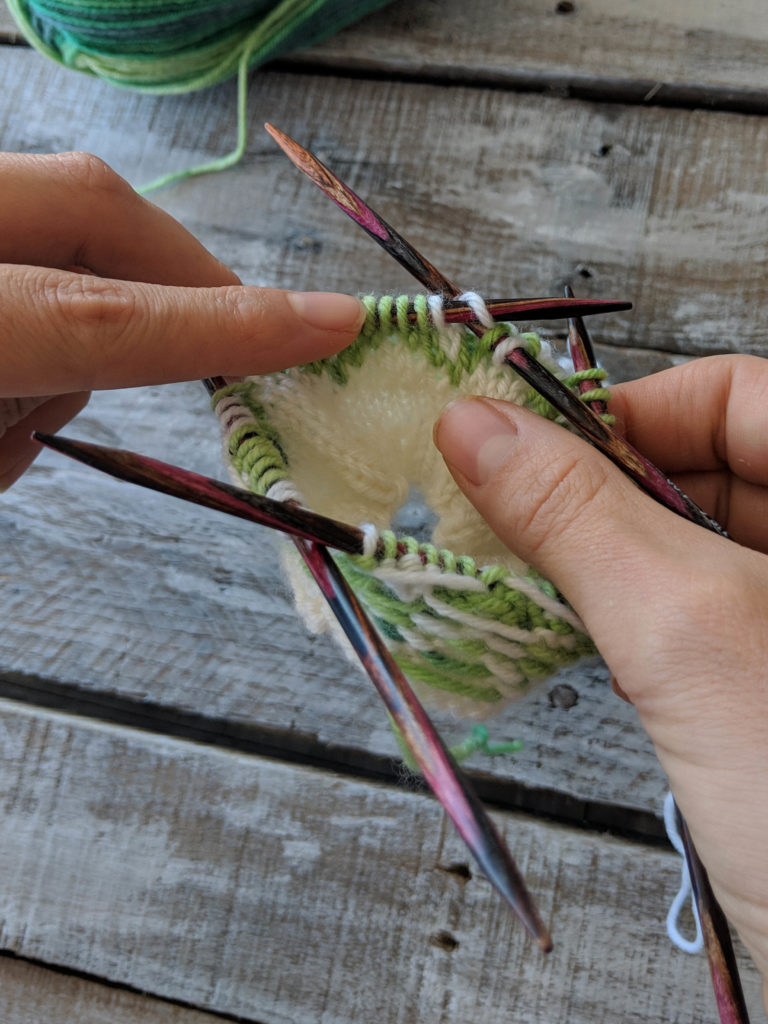
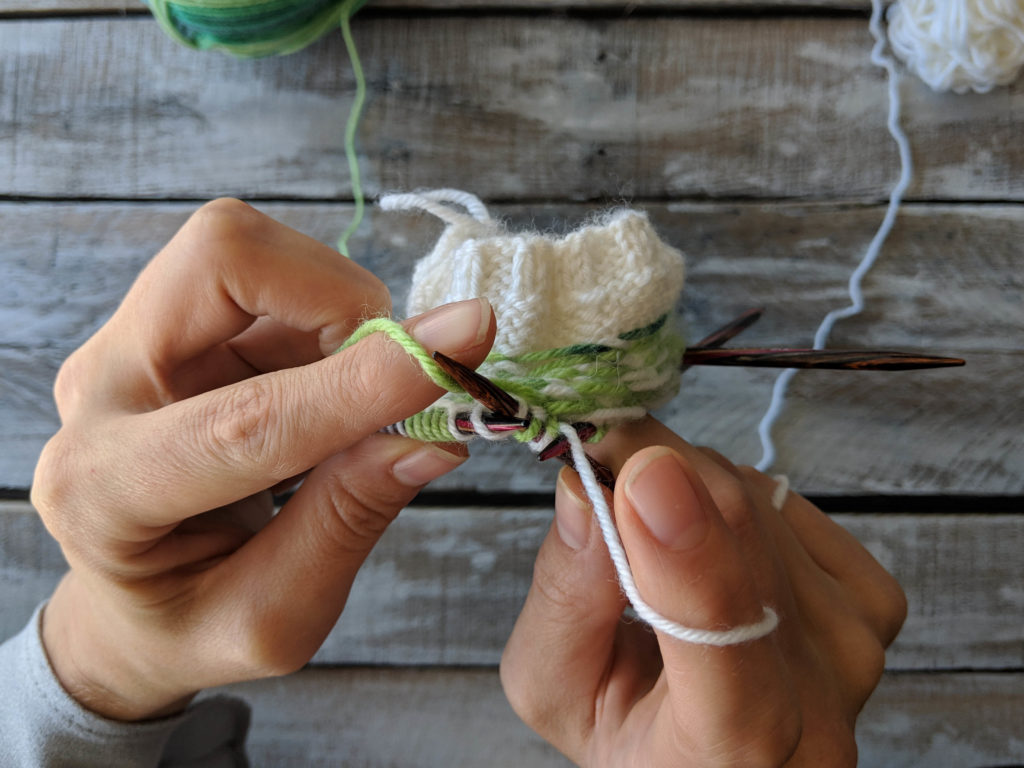 Notice that the wrong side of the fabric is facing outward.
Notice that the wrong side of the fabric is facing outward.
Gently stretch your work. Chances are that you’ll sometimes have a stitch that’s a bit odd – perhaps a bit too tight or a bit too loose. You can rectify the issue by occasionally stopping to give the fabric a gentle stretch. Don’t be overzealous as that can cause stitches to get more uneven. A little goes a long way.
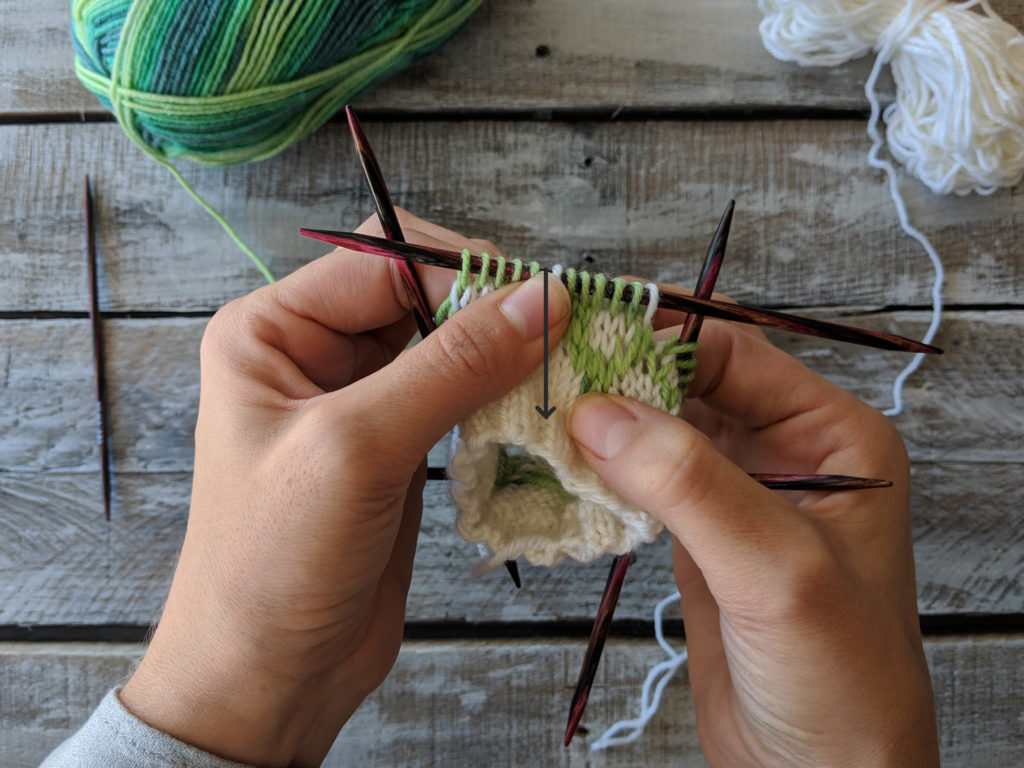
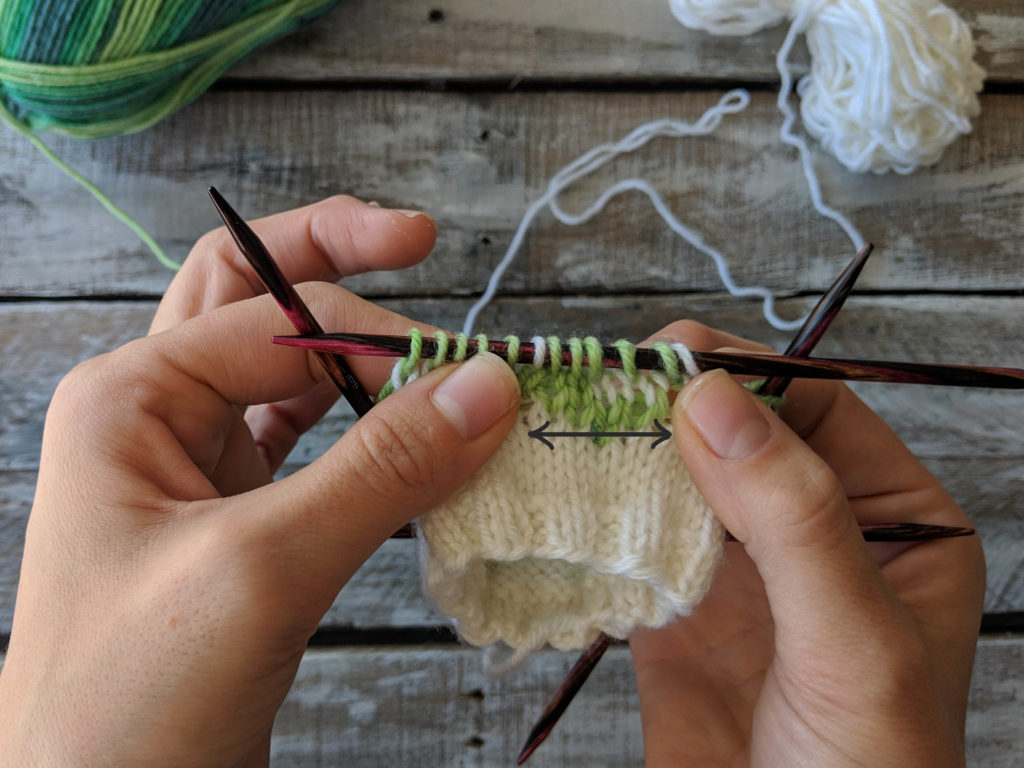
Manually even out oddball stitches. Like I’ve mentioned above, there are instances where a stitch looks a bit wonky. If a gentle stretch doesn’t help you can manually pick the stitches around it to try and even things out.
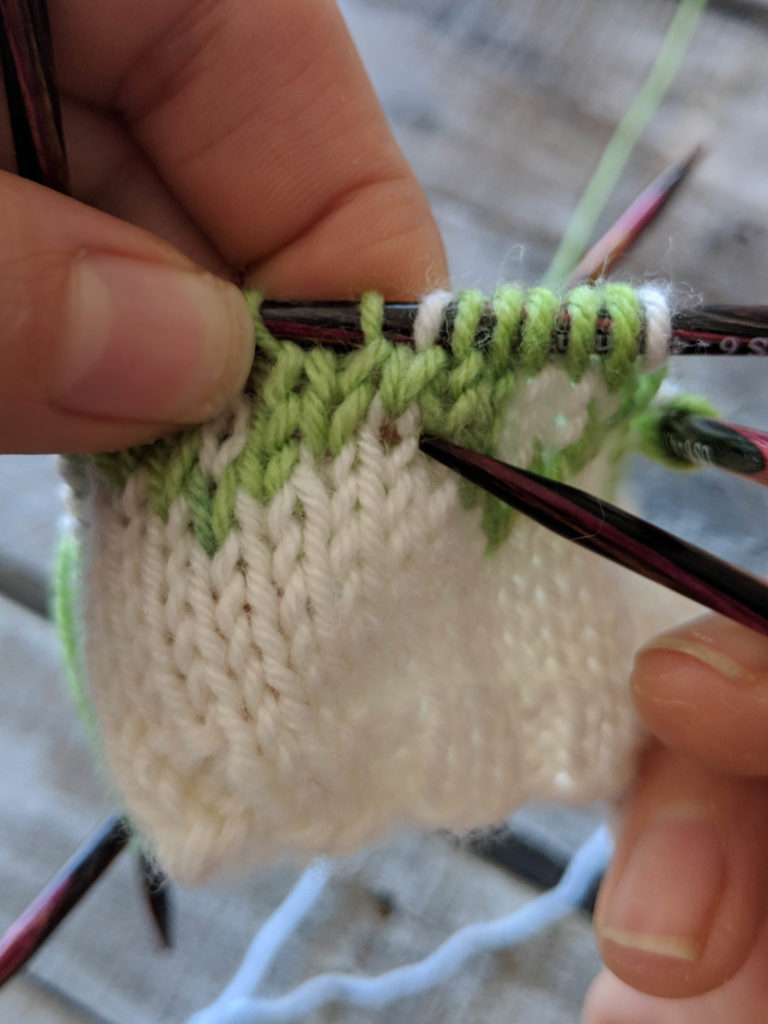
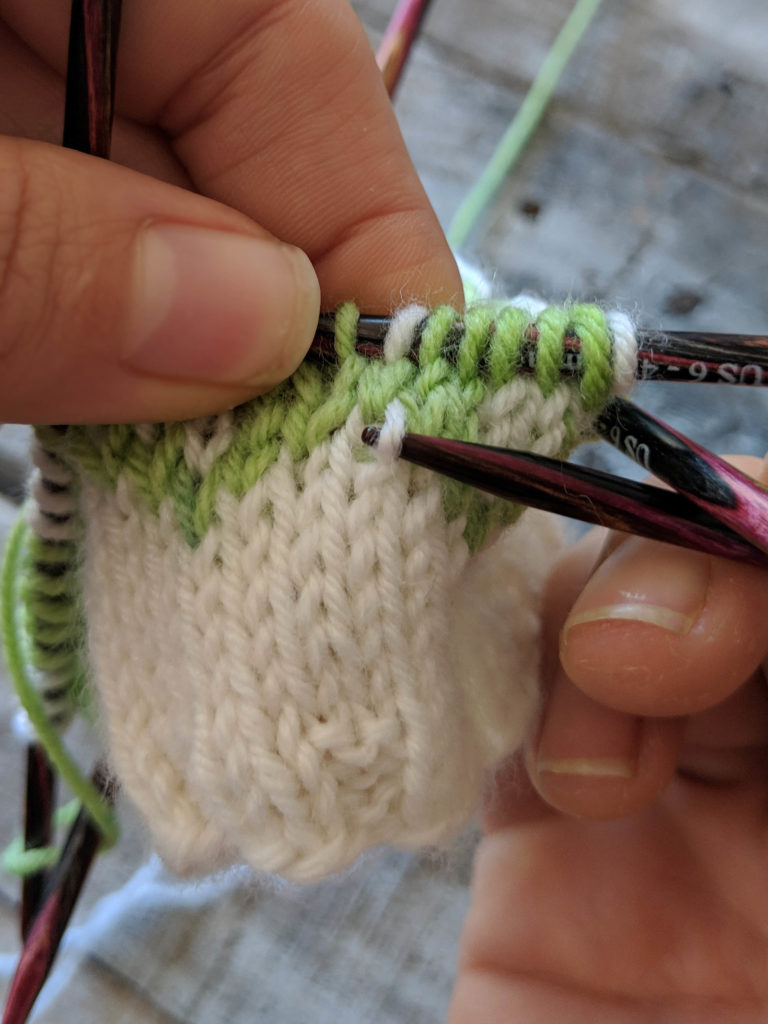
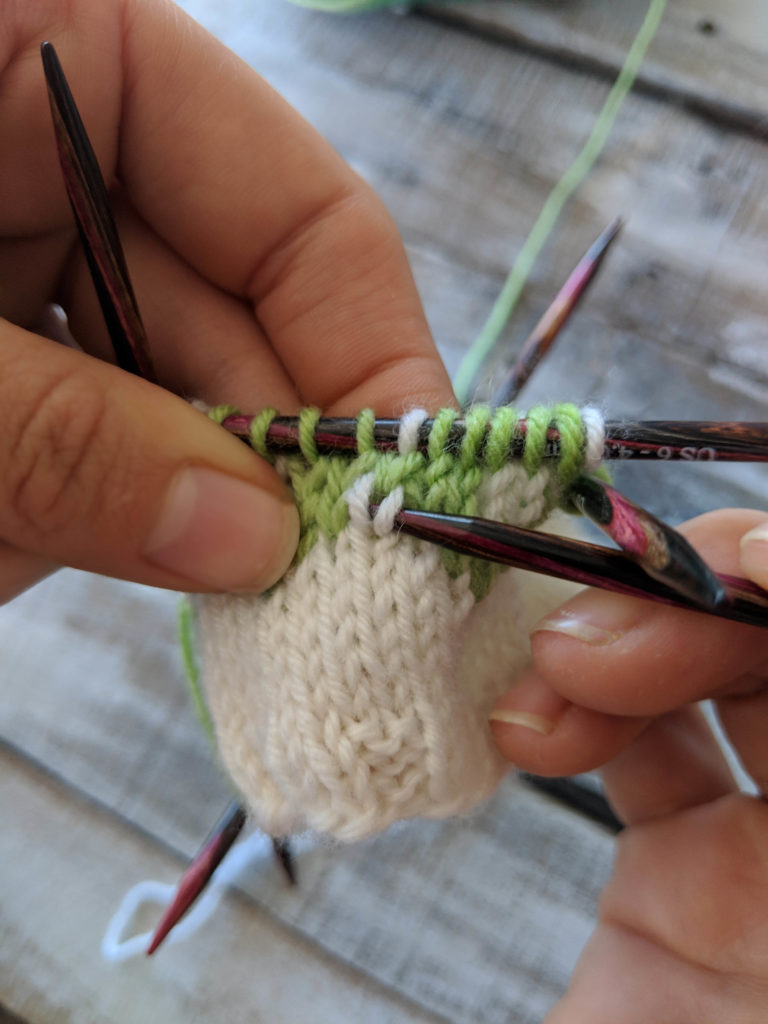
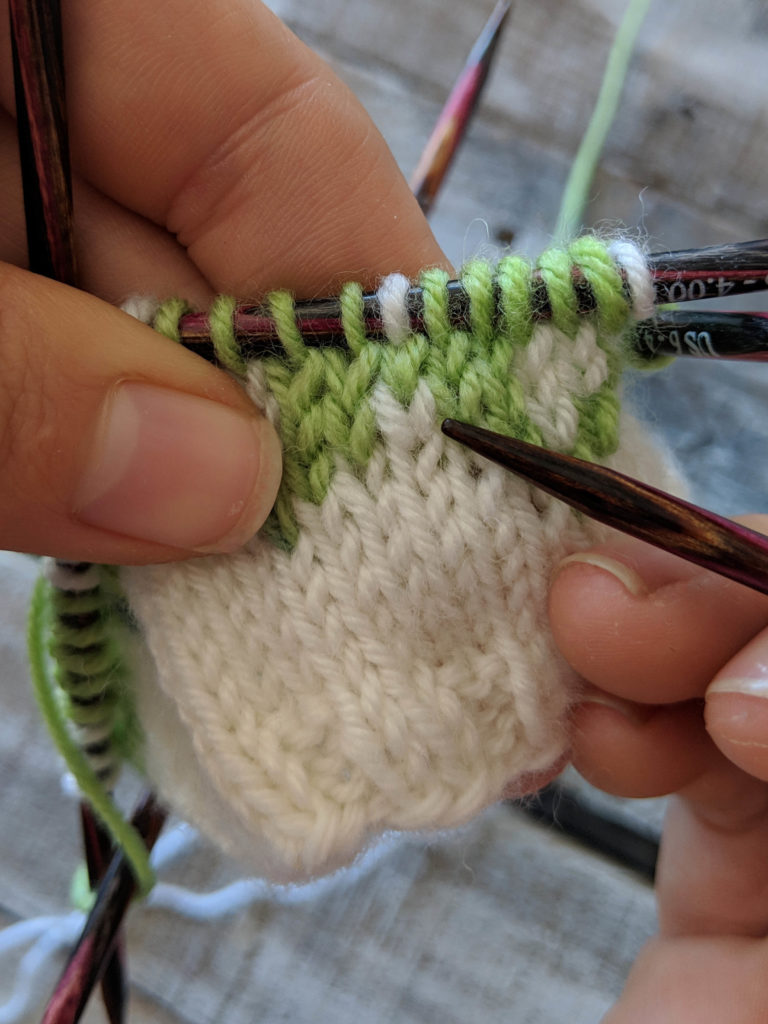
Block it out! Blocking is magic. The process evens out stitches, so when you finish your work be sure to block it! Once the yarn blooms it will fill up any negative space in your fabric allowing your colorwork to shine! Just be sure to follow the care instructions on your yarn label so that you don’t unintentionally damage the fabric. Side note: we have a post to help you understand yarn labels, too. Find it here (link).
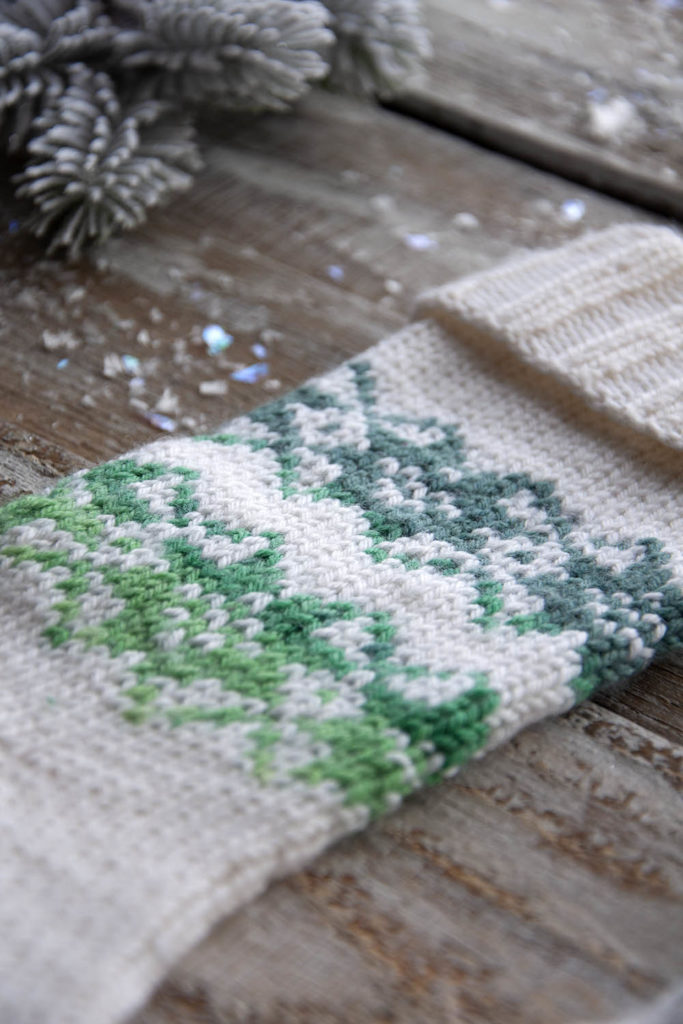
That’s it! I hope these tips and tricks will help you as you knit the Mistletoes or any stranded colorwork. Remember, you can find Series 2 of the 12 Days of Winter Kit patterns on Ravelry.
Most knit and crochet garment patterns contain a super helpful thing in them called a schematic. Every garment pattern we release contains one of these. If an accessory has a unique construction, we’ll add one there, as well. A good schematic should at minimum incorporate these elements:
I’ve had a few recent conversations with knitters who either completely ignored the schematic in a pattern, or were unsure about how to interpret the measurements and other details in them. With this uncertainty, things either went awry, or they lacked the confidence to feel like they were on the right track with their projects.
Right here, right now, I very passionately would like to clear some things up about the Mighty Schematic.
Example #1: Brook Cardigan:
It might be a little overwhelming at first with so many numbers and arrows and lines. But each of those things has a reason for being there, and it’s to help!
First, let’s take a look at the arrows on the drawing. At the very bottom edge, there are two arrows pointing upward. These arrows indicate the direction of knitting. It means you will knit the two front pieces separately to start. And see how they’re joined with a solid line at the neck? At this point you will join the two sides, and knit the back downward in one piece.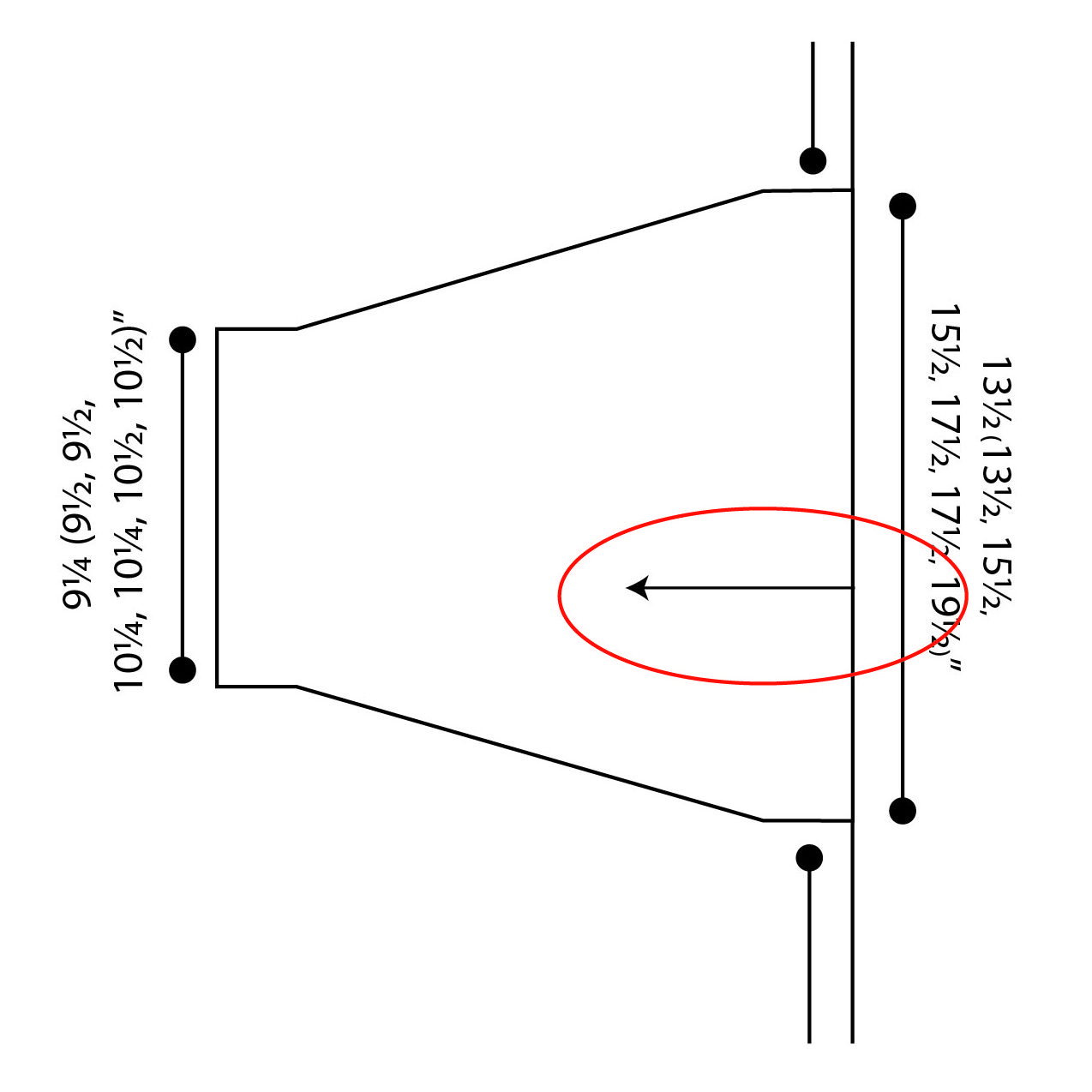
Likewise – see the sleeve with the arrow on it? This indicates that stitches are picked up along the side of the body, and the sleeve is knit outward from there.
The pattern notes are another place in a pattern where you can pick up helpful information about the construction of the item. It’s a good idea to read through these in addition to consulting the schematic.
Example #2: Grand Staff Cardi
I’m not going to name names (ah-Krista-em), but one of the folks in customer service is knitting this project in Bamboo Pop, and came to me with concerns a couple of months ago. In fairness, there is a lot going on in this schematic. But the issue Krista was having wasn’t particularly with the construction, as it’s clear from the pattern and pattern notes itself how the construction works.
Krista is a petite thing, so she’s making the small size, which has a finished bust of about 35″. Her concern was that as she was working on her back piece, it was measuring 24″ after casting on. This could be a valid concern – after all, 2 x 24″ would make for a whopping 48″ cardigan which would be much too large for Krista.
She measured gauge and was spot-on, so it wasn’t making sense why her stitches measured so wide on the needle. The detail that eluded Krista: this cardigan is A-line, which means it is wider at the hem than it is at the bust line.
That wide line that’s circled up there – that is the measurement of the back at the cast-on edge. We know this because the line travels the full width of the back. The shorter line below it is the back width at the bust, which is 6″ less wide. Krista had not consulted the schematic, hence her panic. Once we took a look and I assured her she was on the right track, everything went swimmingly. And I can’t wait to see her FO!
Example #3: Tranquil Tee
If you take a close look at the stitch patterns on this tee, you can probably figure out that it’s knit sideways. And if not, no worries – the pattern notes tell you so.
Additionally, the schematic shows exactly how your piece of knitting should look as you’re going along. You start by casting on with a sleeve, which is that rectangle at the bottom (and top) of the above schematic, knitting for 3″, and then casting on more stitches for the front and back of the sweater. The solid horizontal line indicates that this garment is knit in two pieces, and we can see that each piece is identical.
The solid vertical line right in the center is where each half is split for the neck. If you’re knitting along with this project, it might not make sense to split your piece right in the middle and knit the two sides separately. But with the help of the schematic, it helps to make sense of instructions that might not otherwise.
Example #4: Exhilarate
This is a garter stitch shawl, worked modularly. The knitting itself is not difficult, but without a diagram or schematic, it could be confusing to know where to pick up stitches for successive sections.
This drawing is really more of a diagram than a full-on schematic with numbers and things, but I wanted to include it anyway because it illustrates the construction of the piece.
In conclusion: Please don’t forget to look at your schematic! It is there to help, and it wants you to successfully knit your garment.
Do you have any other questions about schematics not mentioned above? Have a frustrating experience of your own about a schematic? I’d love to hear from you!
Greetings, yarn enthusiasts! Some of you may have seen our newly rebranded Universal Yarn label. It looks a little something like this:
And this:
Though our label style has changed (for the better, amiright?), the same very useful information about each yarn can still be found on the label.
Let’s go over how to read one of our labels step by step:
First, let’s take the front side. This is what you will probably see if you encounter the yarn as it’s sitting on the shelf in your local yarn store.
Part of my job is to take customer service calls regarding pattern issues, or sometimes folks with yarn questions. Often when I ask a knitter what the name of the yarn she/he is working with, they are not able to answer.
The name of the yarn will always be the most prominent text on the front of our label, and the same is true with most other companies. Knowing the name of the yarn is helpful in many ways, not the least of which is logging onto Ravelry and seeing what fabulous projects other people are making with that particular yarn.
Next, we’re going to explore the real meat and potatoes of a yarn label, section by section. Here’s what the back side of our labels look like:
So most of the things on your label are actually pretty important, though I understand if your eyes might glaze over at the wall of text.
Let’s take the first line:
I think the first two are pretty self-explanatory – how big is your ball and how long is the yarn. The thickness or yarn weight, in this case medium/4, refers to a standardized system of classifying yarn thickness. There is a great reference page over at the CYC (Craft Yarn Council) that has a table (link) of all yarn weights and their corresponding gauges, recommended hook and needle sizes.
When we add a new yarn and are determining what yarn weight to assign to it, I always consult this table when doing so. The yarn weight is determined by gauge, not yardage. One example of this might be Classic Shades (which is the label we are examining) vs our Deluxe Worsted, another medium/4 weight yarn.
Both yarns are listed as worsted weight, yet Deluxe Worsted contains 220 yards/100g while Classic Shades contains only 200 yards/100g. Because both yarns produce a gauge that falls within a 4-weight category, they are both classified as such.
If you take a look at that table over at the CYC, you’ll see that a 4-weight yarn has a knit gauge range of 16-20 stitches over 4 inches. Classic Shades, with 18 stitches/4″ falls right in the center of that range. You might hear people sometimes refer to a “heavy worsted” or “light worsted”. What these people are referring to is gauge. If a worsted weight yarn produces 16 stitches/4″, then it would be considered a heavy worsted.
Next:
 Again, this is pretty self-explanatory: what’s in your yarn. Most of the words on our label are “3T”, or have been translated into three languages. Our yarn is distributed throughout North America, including Spanish-speaking Mexico and French-speaking parts of Canada.
Again, this is pretty self-explanatory: what’s in your yarn. Most of the words on our label are “3T”, or have been translated into three languages. Our yarn is distributed throughout North America, including Spanish-speaking Mexico and French-speaking parts of Canada.
And then, a topic about which I am quite passionate, particularly when having knitting discussions with my office mates (translation: I am a gauge Nazi):
It is standard to talk about gauge, or number of stitches over 4″ or 10 cm. It is important to know approximately what gauge your yarn can get if you’re substituting yarn in a pattern. This is something I could write a book on, or at least a blog post. And I will. But for now, let’s just say that it’s very pertinent information.
Something to remember about gauge listed on a label is that we’re talking hand knitting, folks. When a new yarn is born, a person, usually me here at Universal, has sat down with a ball of yarn and a pair of needles or a crochet hook, and has made a gauge swatch. With their hands. It is not an exact science!
If I like the resulting fabric from my swatch, it becomes the recommended gauge. If it’s too dense or too loose, I change needle size and start again.
I consider myself to be “average” when it comes to tension. But I do want to remind you that your gauge is unique. With the same size needles and yarn, you may get a different gauge than me. To achieve the same gauge, you may need to go up or down a needle/hook size.
Next up:
Also very important – how to wash your newly created masterpiece. All knit and crochet items can be washed, it’s just a matter of how. Some fibers shouldn’t be machine washed because the agitation would be too much for them. Others can be machine washed, but to err on the side of caution, we might recommend air drying instead of using a machine.
Some companies use text care instructions and symbols, or just one or the other. If those little symbols are like a foreign language to you, just google it! (yarn care symbols Google search result here)
I know a lot of knitters who are reluctant to throw any handmade item into the washing machine. Personally, I machine wash with abandon. I do it whenever possible, and I do it frequently as I own a lot of knitwear! Lace is another story – most lace I will hand wash, regardless of fiber. But I digress.
We’re on the home stretch here. We just have a couple more things to cover:
There’s not much to add here. It is a requirement for products to list country of origin. In case you’re curious, our yarn is manufactured specifically in Bursa, Turkey which is about a two-hour drive south of Istanbul. And it’s beautiful there!
And last:
Any given colorway of your yarn should have a name, and hopefully it’s an interesting one. That can be a fun part of this job – naming colors. This color will usually also have a number associated with it, and also a lot number.
Lot numbers can be important if you happen to run out of yarn in your project and need to buy more. Some yarns can vary from dye lot to dye lot, so if you need to buy more, be sure to get the same dye lot if possible.
If you’ve been unsure about yarn labels before, I hope this has made things clearer. Have another question? Let me know!